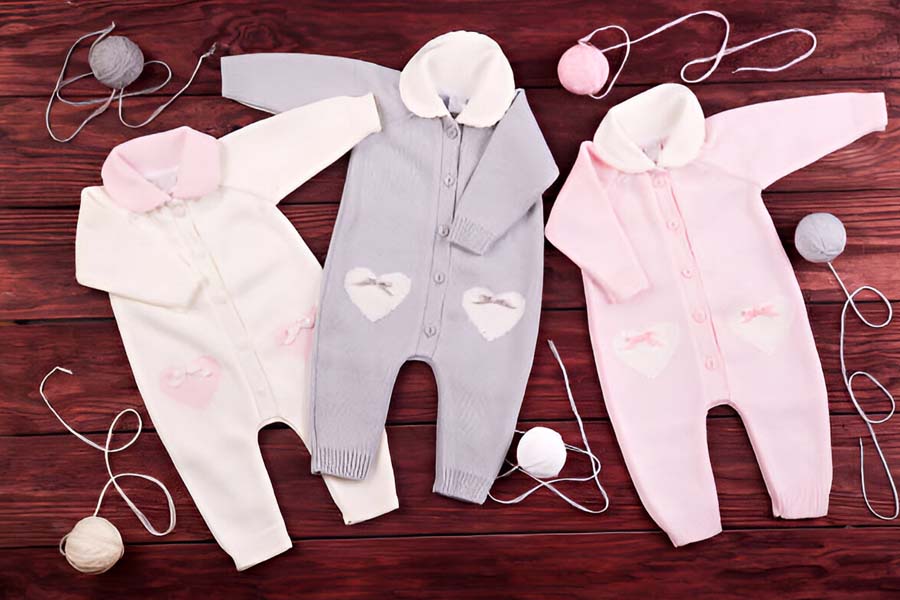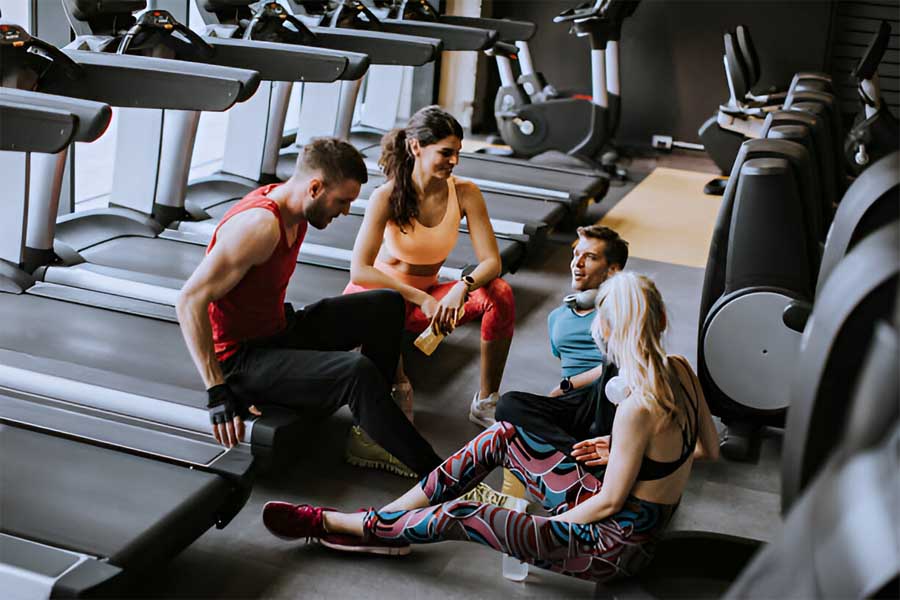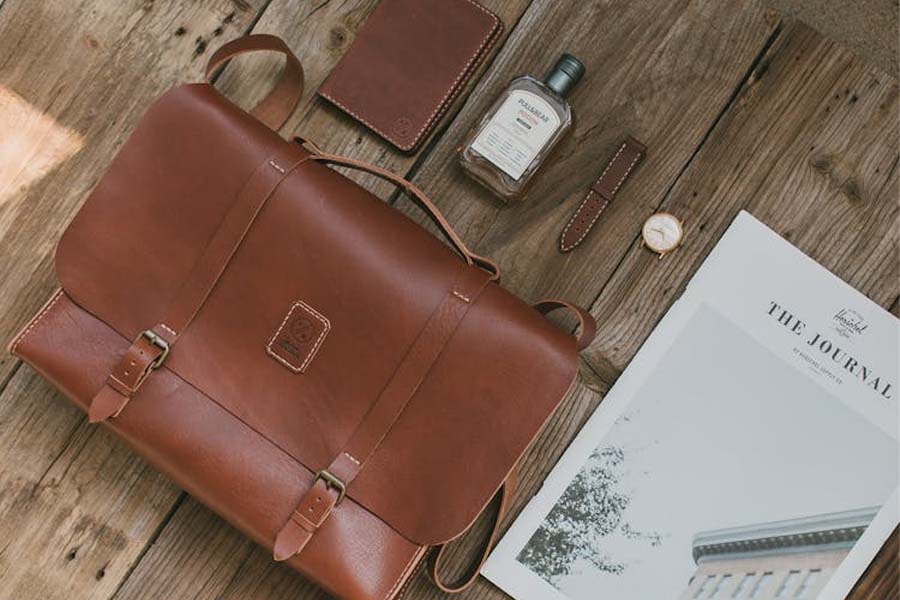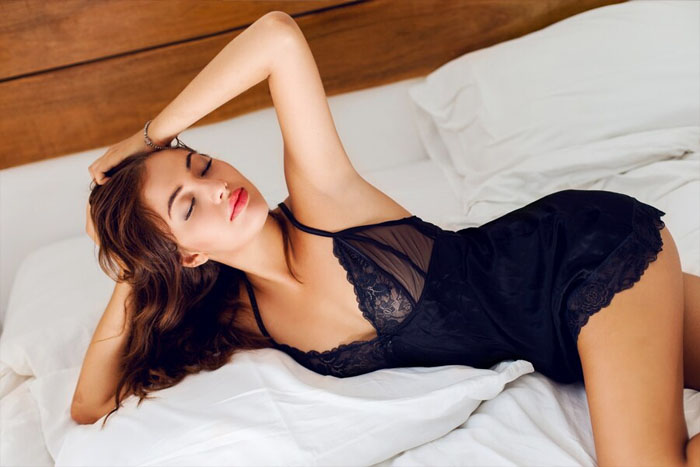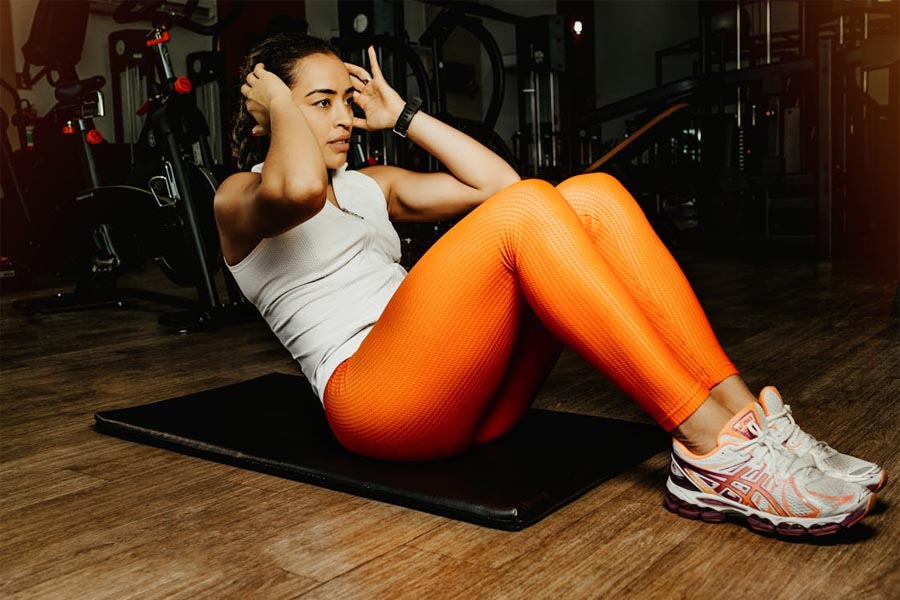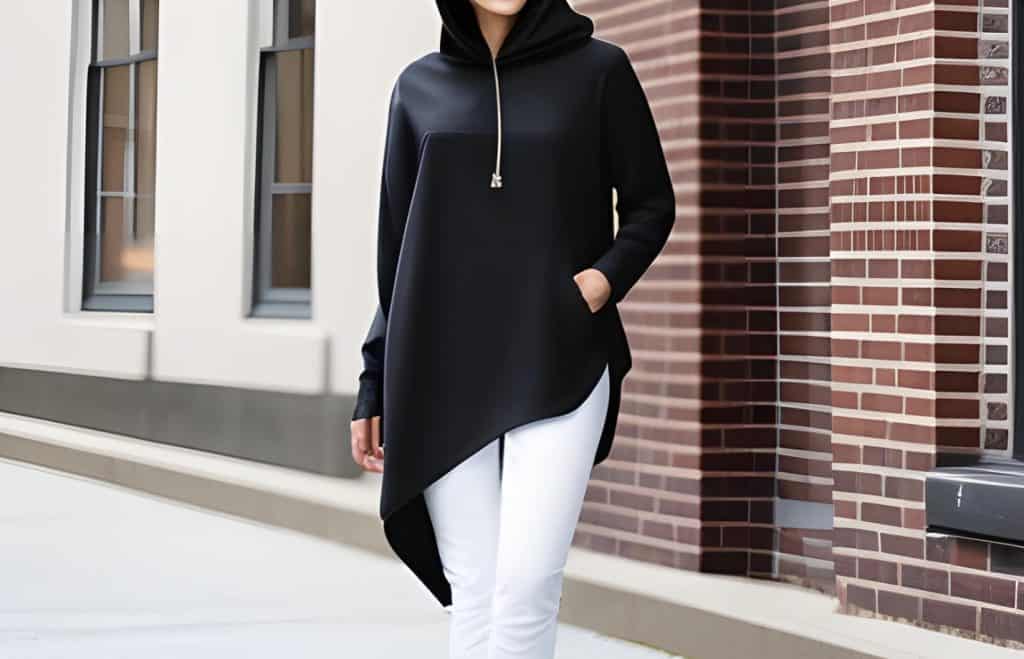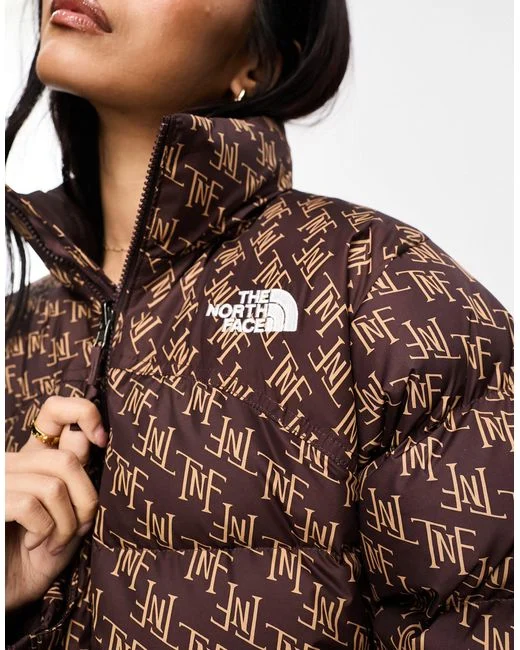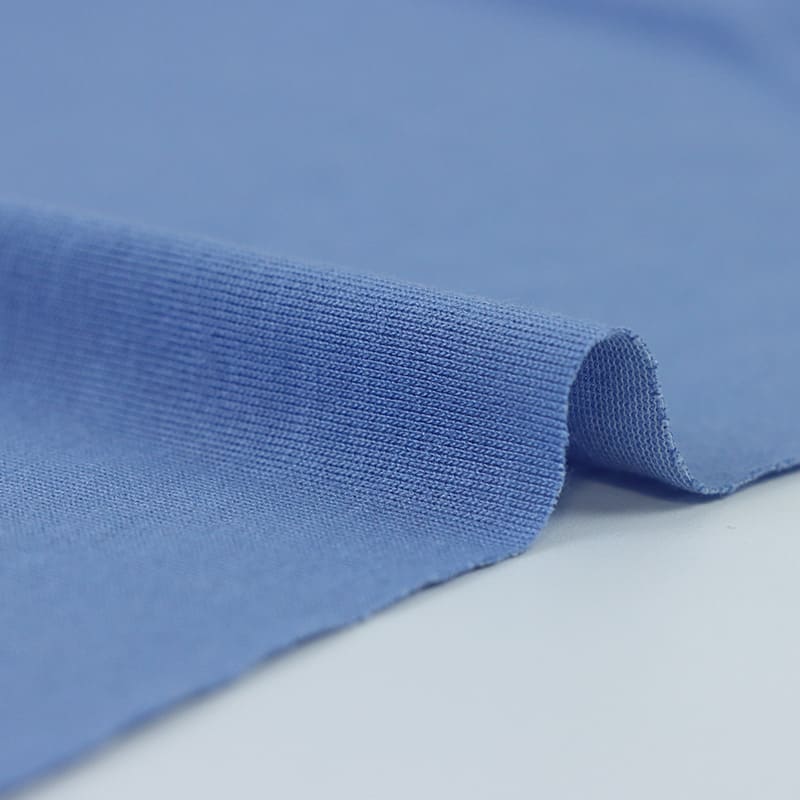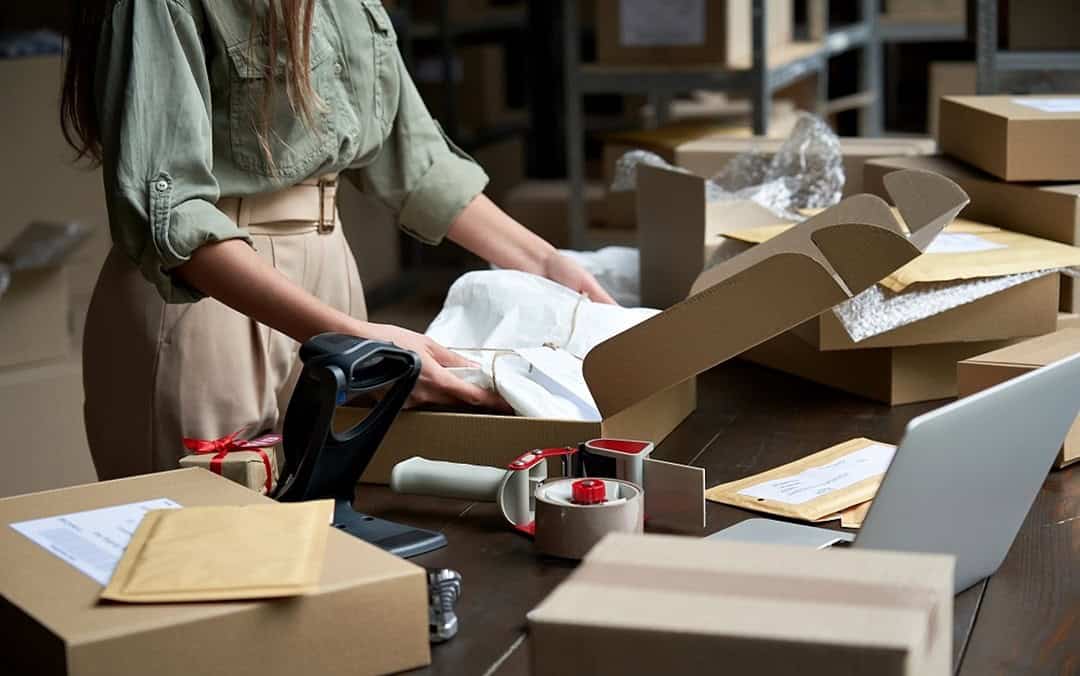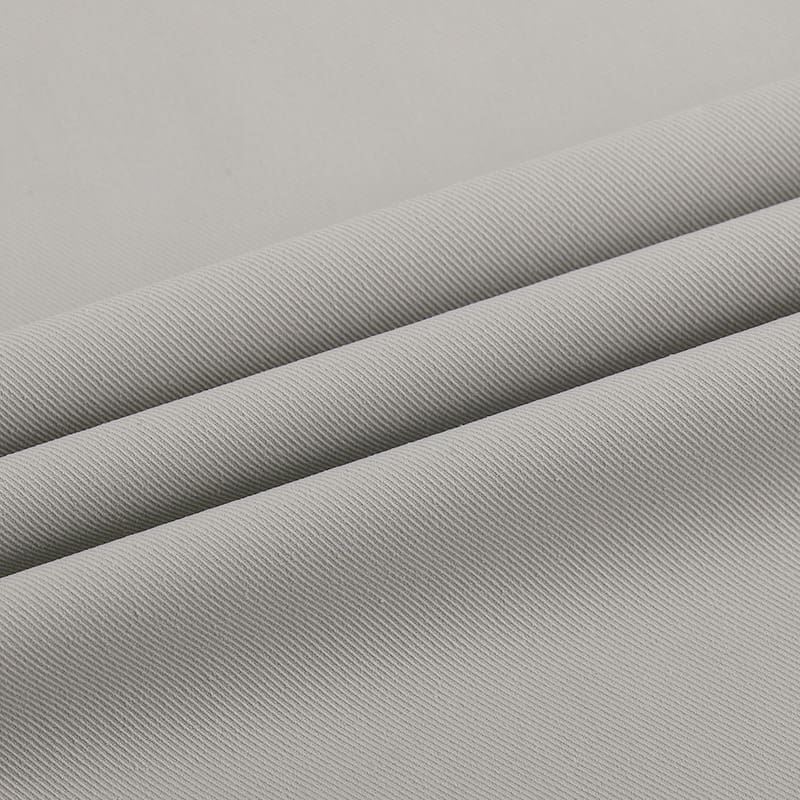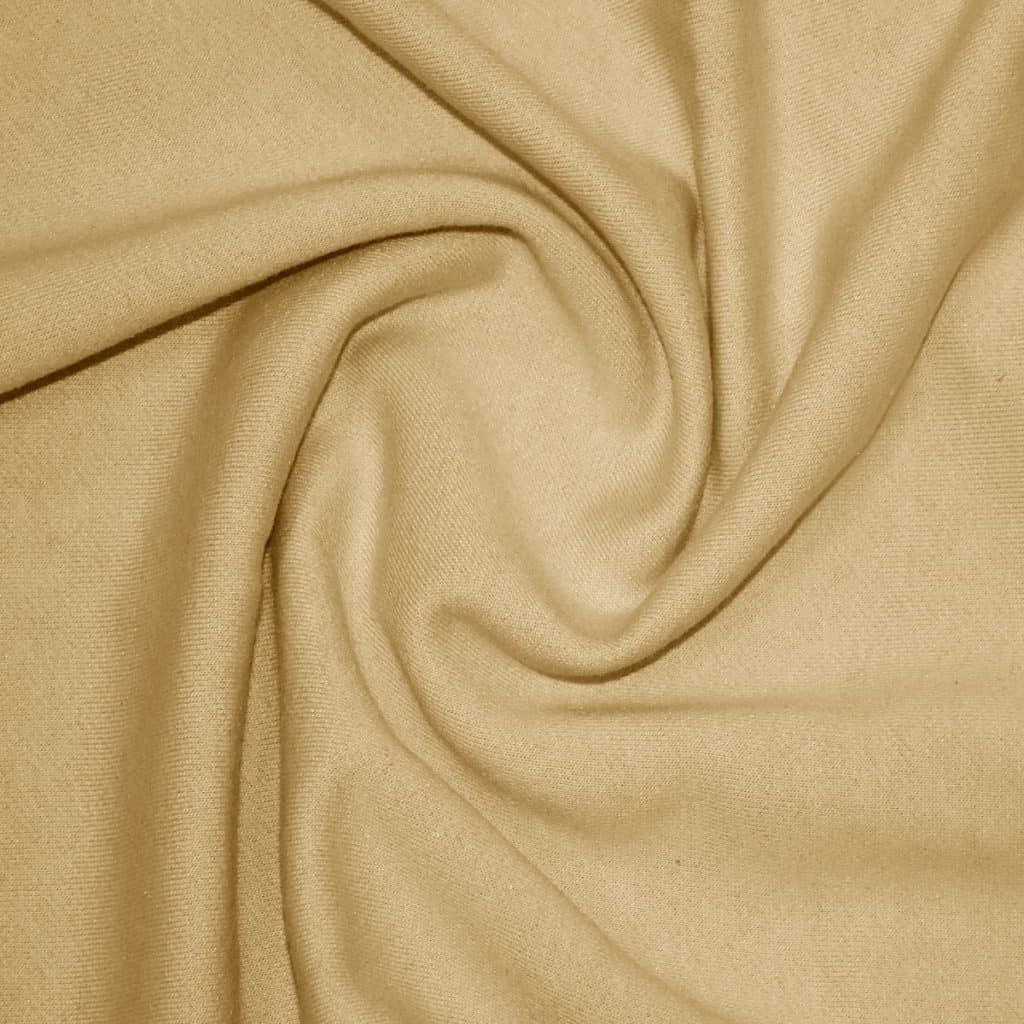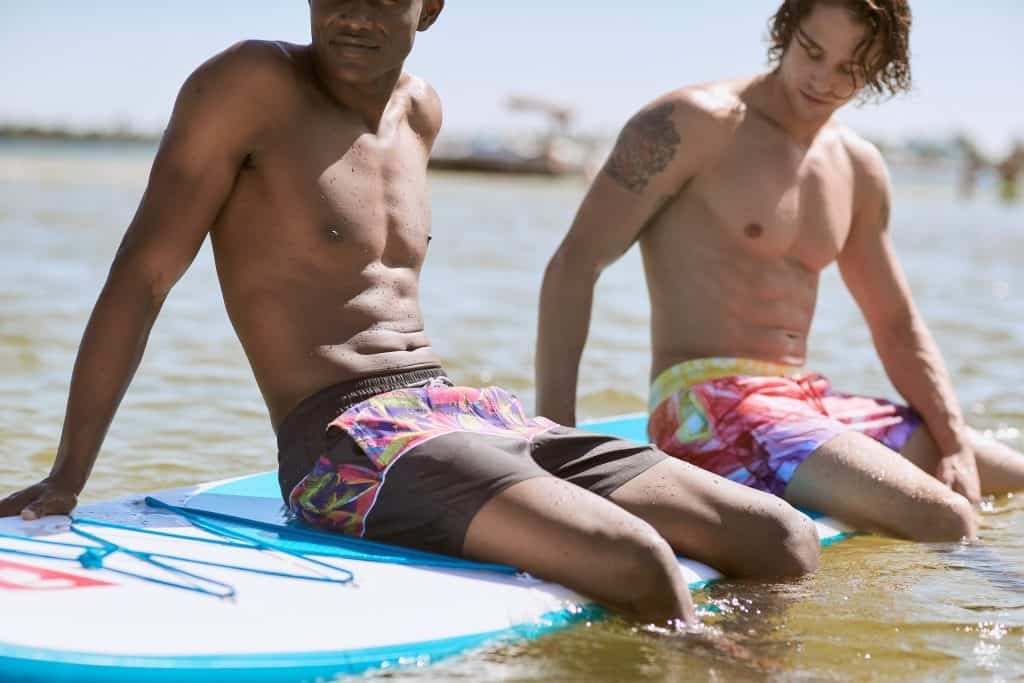
Source: MR Magazine
Trunks are the ultimate summer staple for men! Cool comfort and style collide in versatile trunks, perfect for beating the heat in the summer. For designers and clothing brands looking to create the perfect pair, a world of options awaits, ready to be transformed into stunning, patterned trunks.
Offering more coverage than bikinis, trunks provide the perfect blend of comfort and confidence for any water activity. But don’t mistake comfort for boring – elevate your trunks into stylish statements with the right fabric and design.
This guide will be your secret weapon for creating top-notch trunks. We’ll delve into the process of transforming quality materials into innovative designs, ensuring your trunks are both durable and fashionable. Elevate your swimwear game today!
Understanding swimwear trunks manufacturing

Source: Pexels
Trunks have a cool history, don’t they? They started as basic swimming clothes, more like long underwear than anything else.
Today’s trunks are lightweight and dry super fast, perfect for a refreshing dip. Gone are the days of plain swim trunks! Now, men’s swimwear boasts a variety of fits and eye-catching patterns, catering to both comfort and personal style.
Also, advanced fabrics and materials let people move freely in the water, and the range of patterns and sizes means there’s a perfect pair of trunks out there for everyone.
Designing the perfect trunks
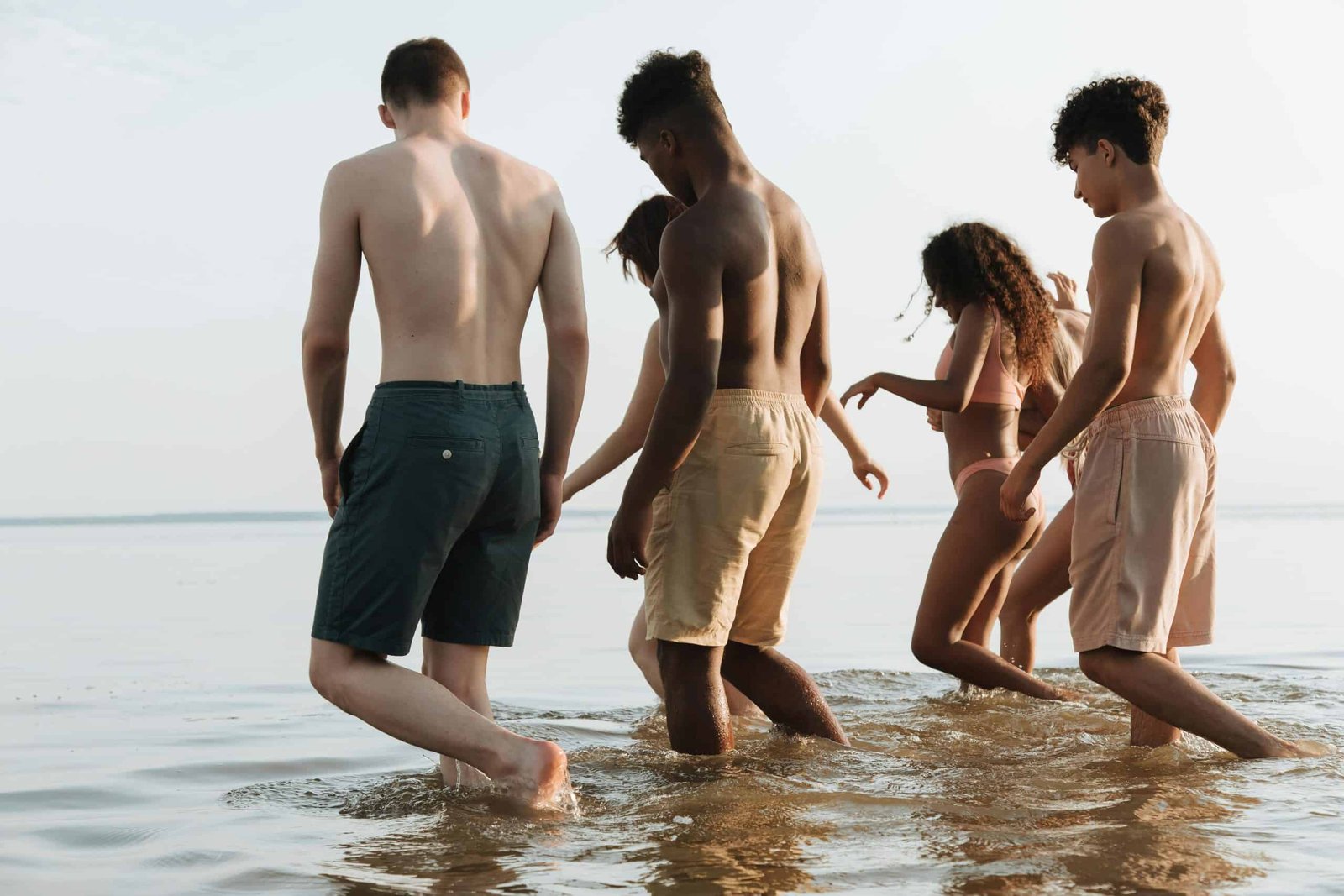
Source: Pexels
What makes the perfect outfit for those hot days? A swimwear trunk! You have the power to create trunks that are both functional and fashionable, turning any guy into a beach bum superstar.
Steps on designing a swimming trunk
Here’s how to get started:
1. Setting your vision
Tailor trunks to the wearer’s lifestyle. Prioritize flexible, quick-drying fabrics for active water sports enthusiasts, while championing comfort and looser fits for those seeking relaxation.
In setting your vision, define your brand’s vibe. Will your trunks be bold statement pieces bursting with colors and patterns or sleek minimalist designs? Let your brand’s message guide you to create trunks customers will love.
2. Finding inspiration
Simply taking a walk by the pool on a sunny day and seeing what kind of trunks people are sporting will inspire you.
You can also browse online stores and social media to check out the latest trends. Maybe there’s a celebrity rocking a cool new style that sparks an idea. Collect pictures, patterns, fabric swatches – anything that inspires you!
3. Designing your masterpiece
Swimwear manufacturers offer pre-made design templates to spark creativity. These come in various styles and fits, giving you a solid starting point. But unleash your inner artist! Think beyond templates – add those bold stripes or geometric shapes that reflect your brand. Make a statement!
Of course, you can design from scratch! Sketch unique patterns, brainstorm color combinations, and let your vision shine. Manufacturers can guide you through the entire process, from fabric selection to final logo placement. It’s your chance to create something truly special.
4. Bringing designs to life
Once your design is finalized, the last step is finding the perfect manufacturing partner. Look for a manufacturer who shares your passion for quality and innovation. They should be able to take your design concept and turn it into a real pair of trunks, ready to conquer the summer scene. The manufacturing process itself is a whole other ball game, but trust us, it’s amazing to see your creation come to life!
Types of trunks
Now that you have your killer design, it’s time to pick the perfect type of trunk! Just like clothes, trunks come in different styles, each suited for a specific activity or look.
1. Casual Swim Shorts
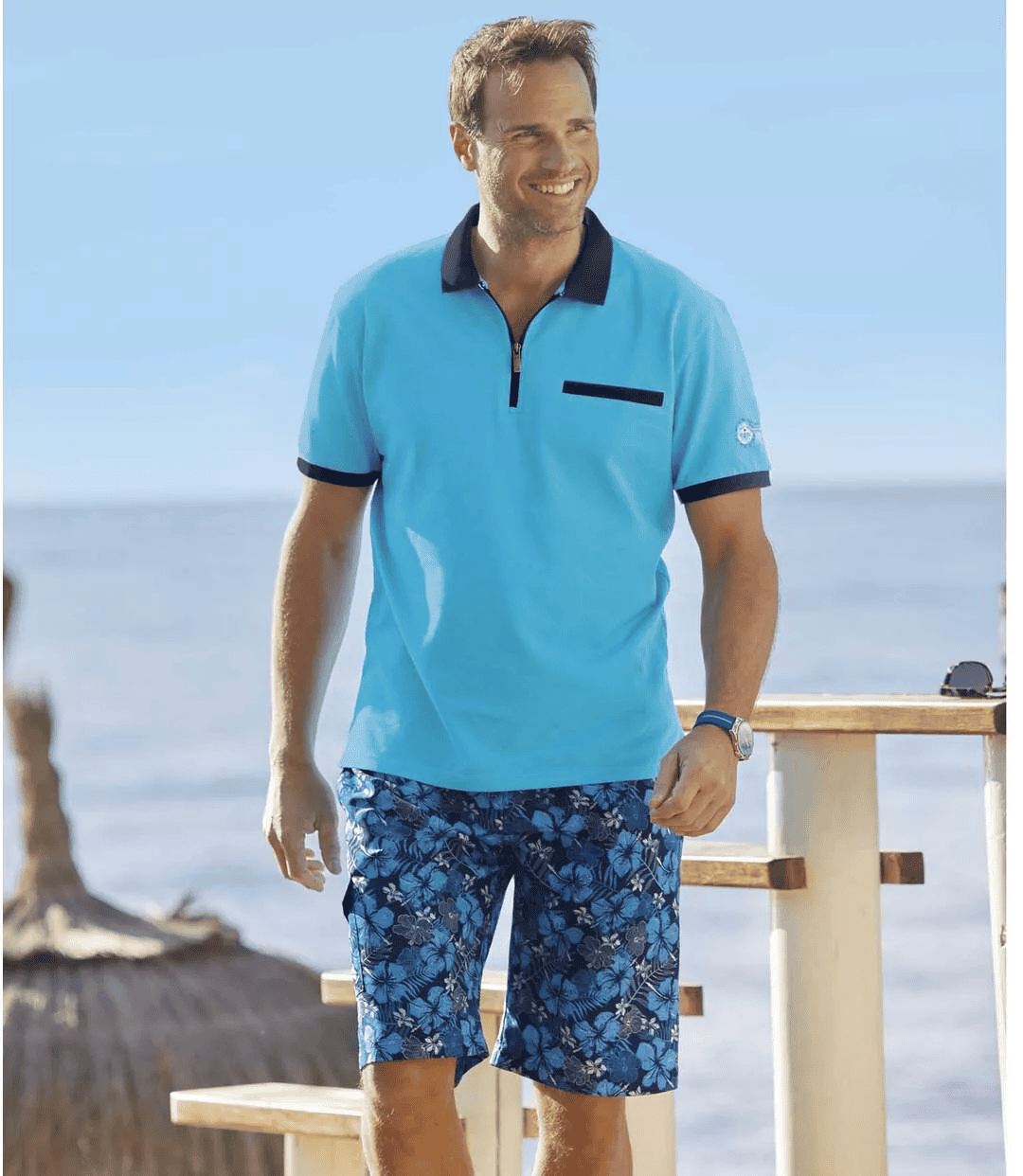
Source: Atlas For Men
Meet your poolside companions! Beach days and poolside lounging? Opt for these quick-drying trunks. They come in a range of lengths and fits, tailored or relaxed, so you can pick your perfect style and express yourself with color and pattern.
2. Board shorts
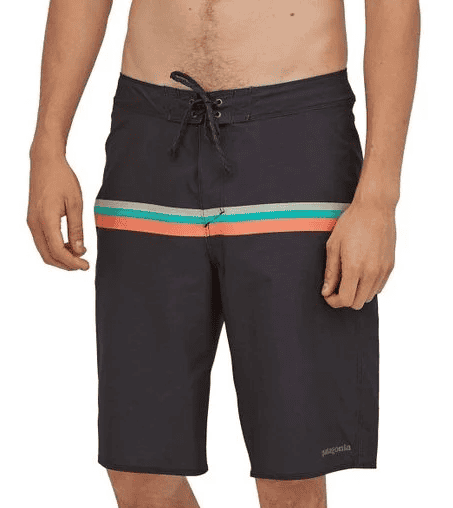 Source: Lyst
Source: Lyst
These longer trunks are a surfer’s best friend. Reaching below the knee, they offer a comfortable, laid-back vibe that’s great for beach activities. Board shorts often feature bold prints and colors, making a real statement on the sand.
3. Square-Cut Shorts
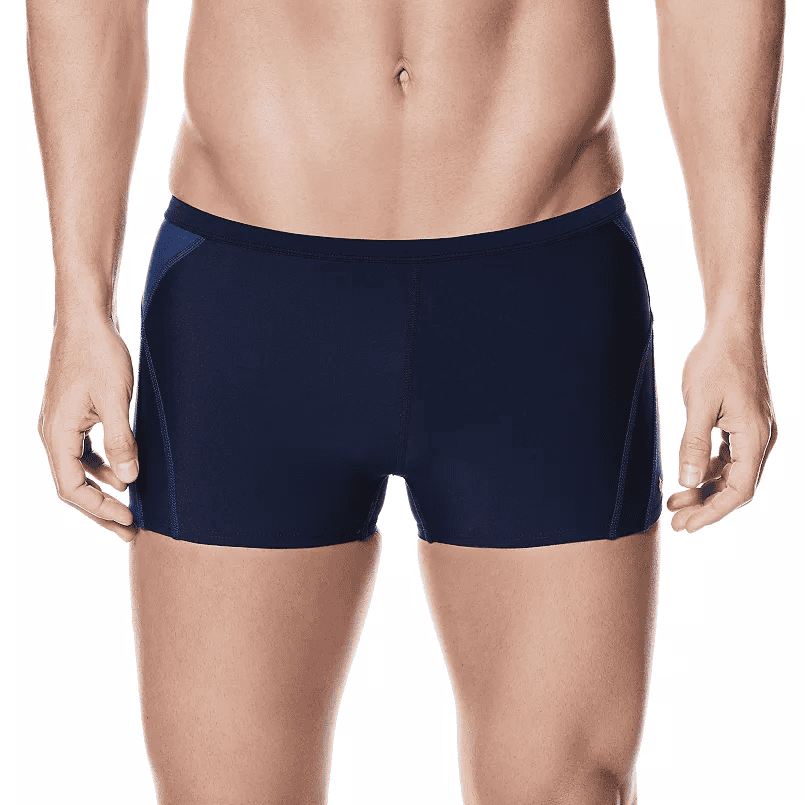
Source: Kohl’s
Quick-drying fabrics and a range of lengths and fits, from tailored to relaxed, make these trunks the ideal choice. Boxy silhouettes offer a flattering look that shows off some leg, perfect for a pool party or water sports day.
4. Jammers
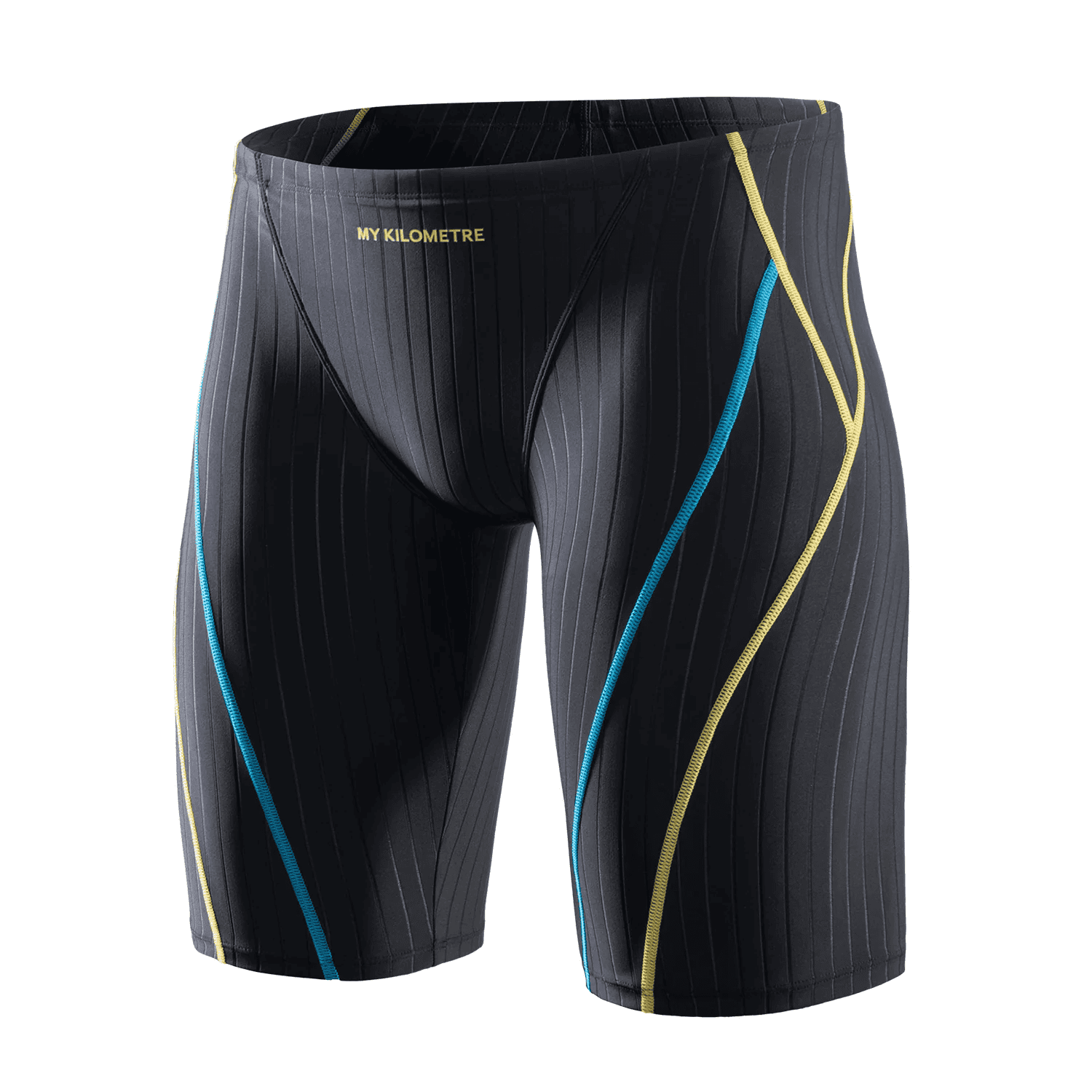
Source: MY KILOMETRE
Serious swimmers, meet your match: jammers. Performance first! These knee-length trunks hug your body with a water-repellent fabric, minimizing drag and maximizing power with every stroke. Jammers might not be for everyone, but they’re ideal for dedicated lap swimmers.
5. Swim Briefs
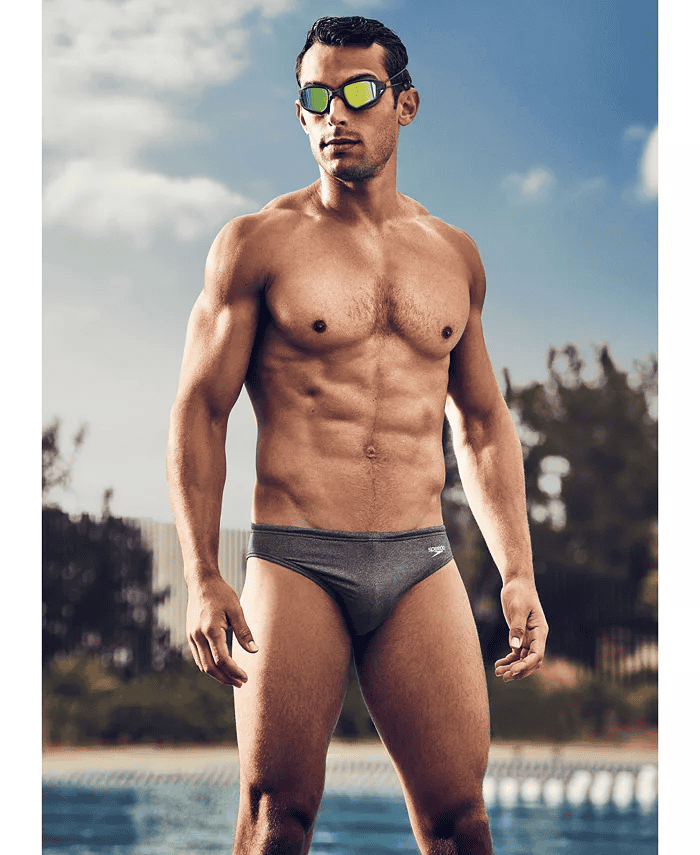
Source: Macy’s
A favorite among competitive swimmers, the tight, V-shaped design cuts through water for faster swims. Durable and built to last, swim briefs are ideal for frequent pool use.
So, which type of trunk will you choose? The possibilities are endless! Pick the style that best suits your design and your target audience, and get ready to create a collection that will make a splash!
Anatomy of garment
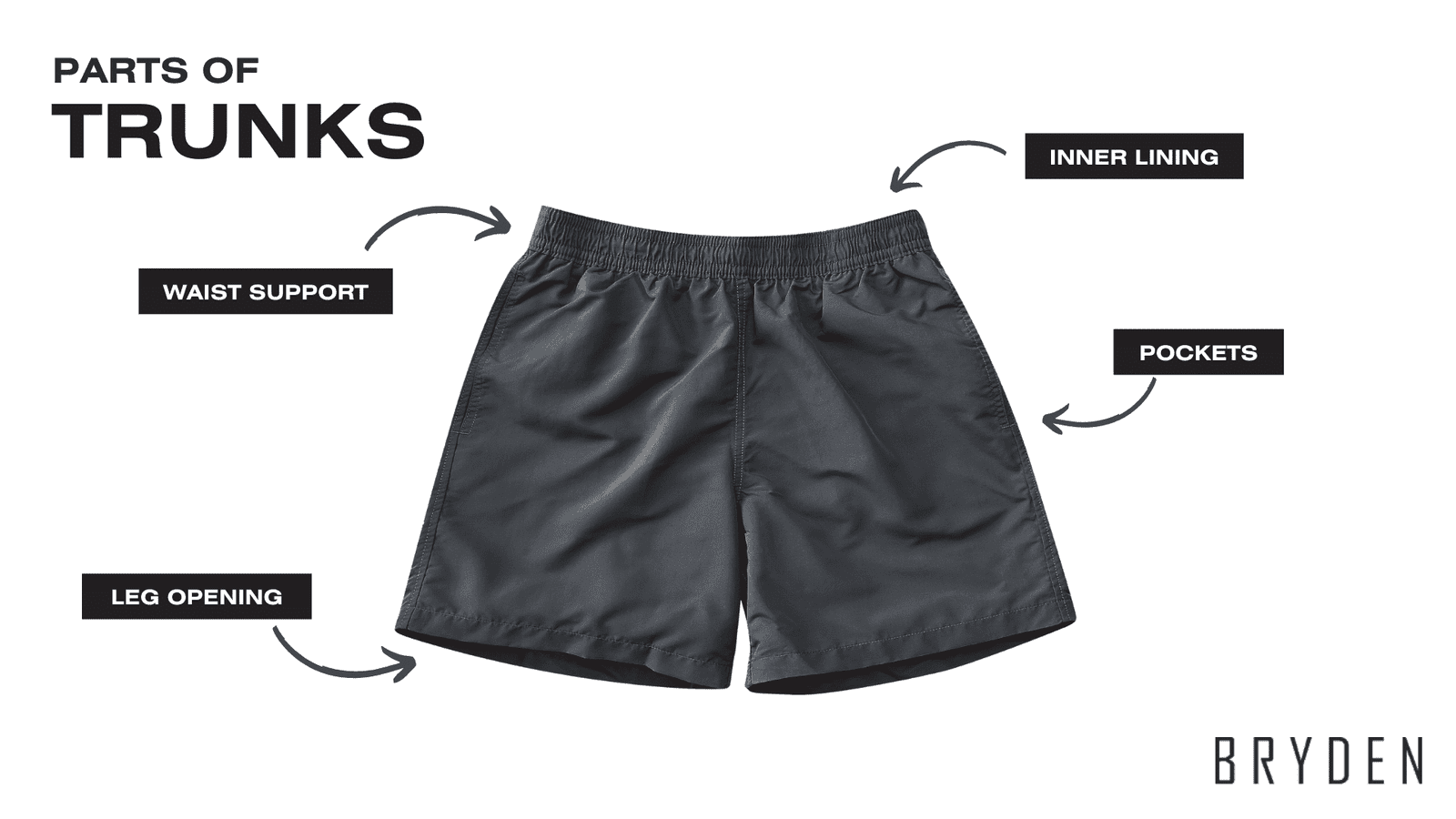
Ever stopped to think about all the parts that make up a pair of trunks? It might seem simple, but even small changes can affect how they function and look. Knowing the different parts helps us understand costs, manufacturing, and how to make the best trunks possible!
Anatomy of trunks
Trunks may look simple, but even small design changes can impact their style and how they work.
Let’s break down the key parts:
-
Waist Support
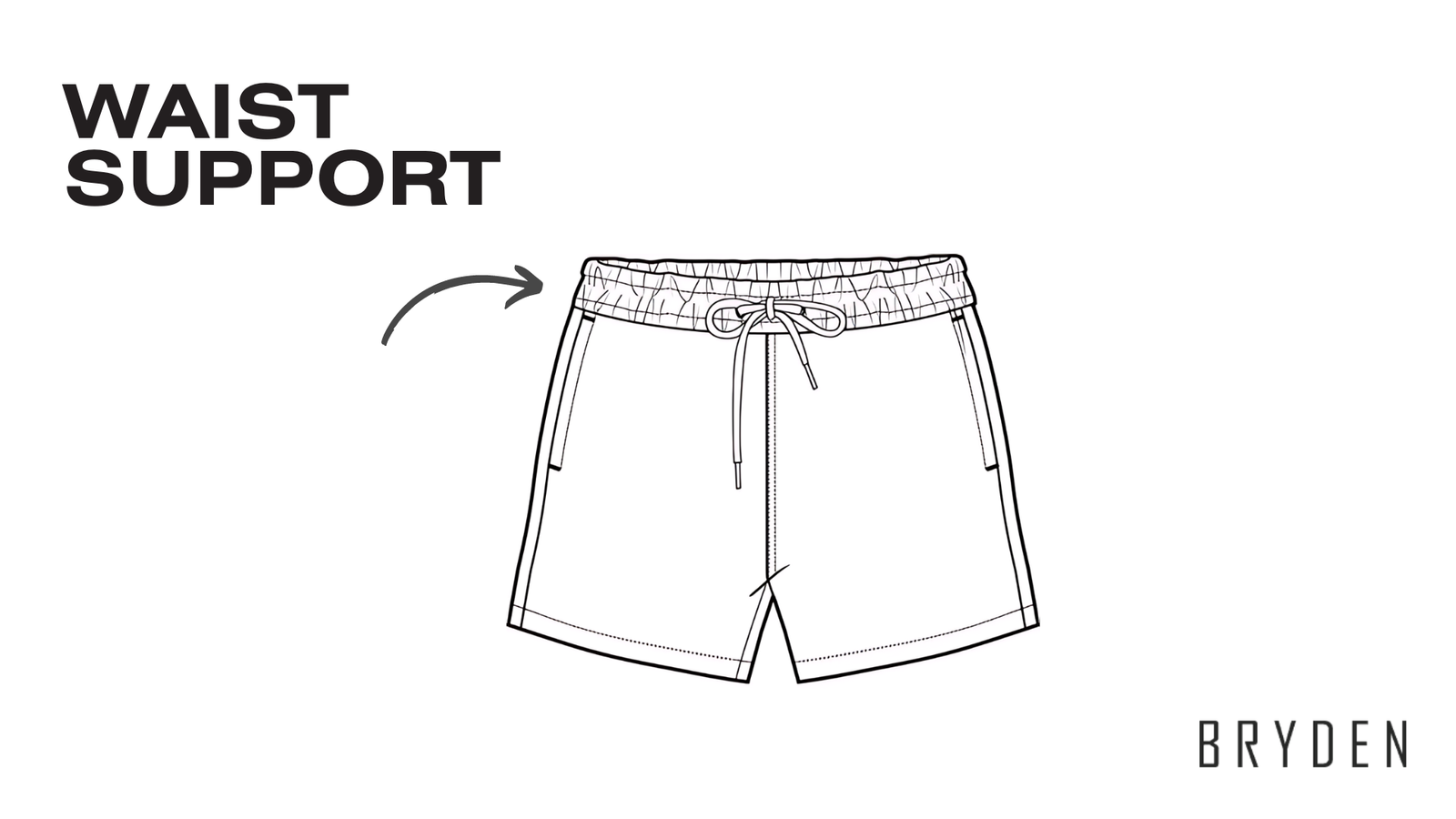
This keeps the trunks securely in place. Choose from an elastic band for a comfy fit, a drawstring for adjustability, or a velcro fly for a classic look.
-
Leg Opening
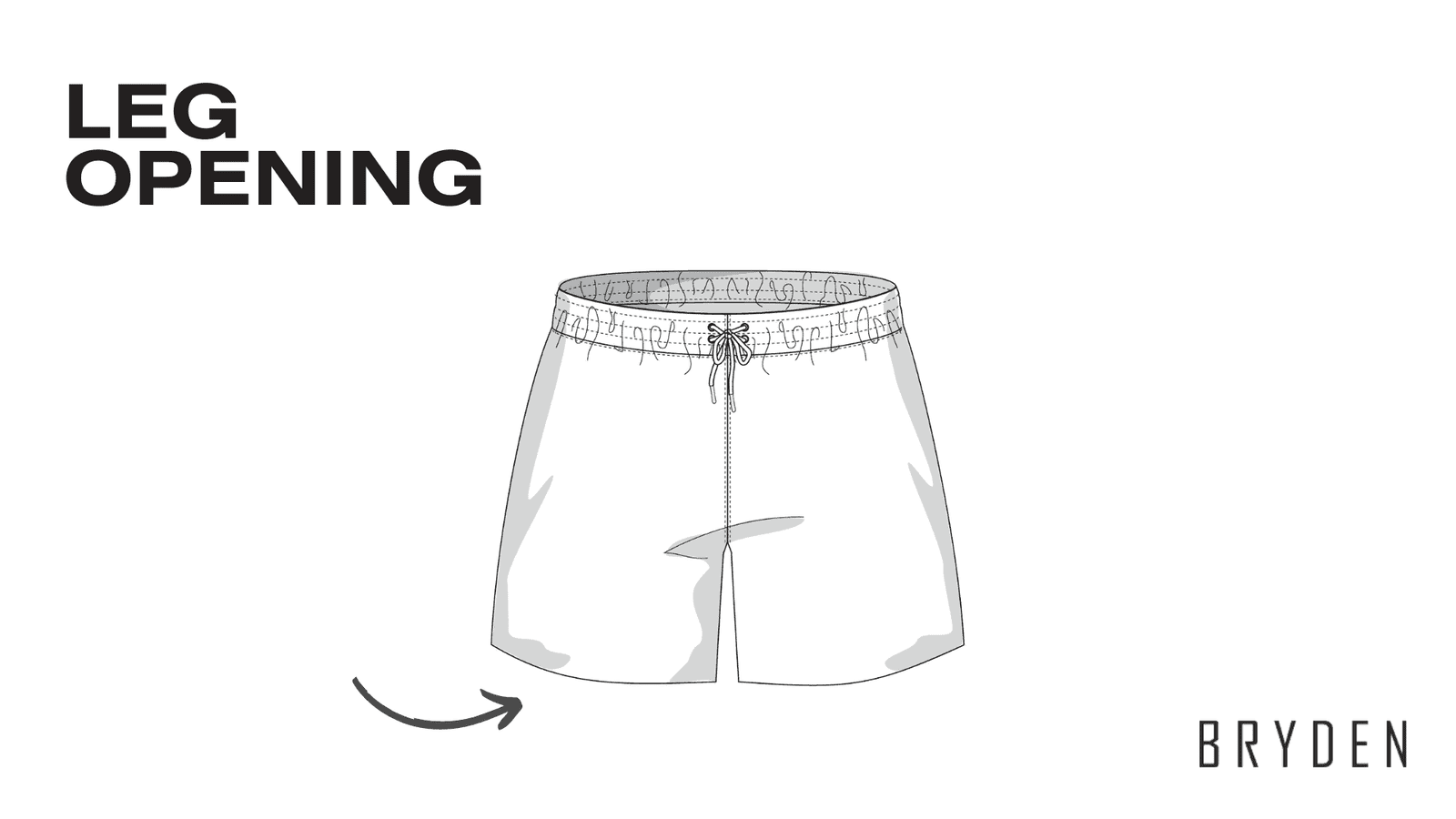
This determines the length and style of the trunks. Shorter for a sporty vibe, and longer for a relaxed feel.
-
Pockets
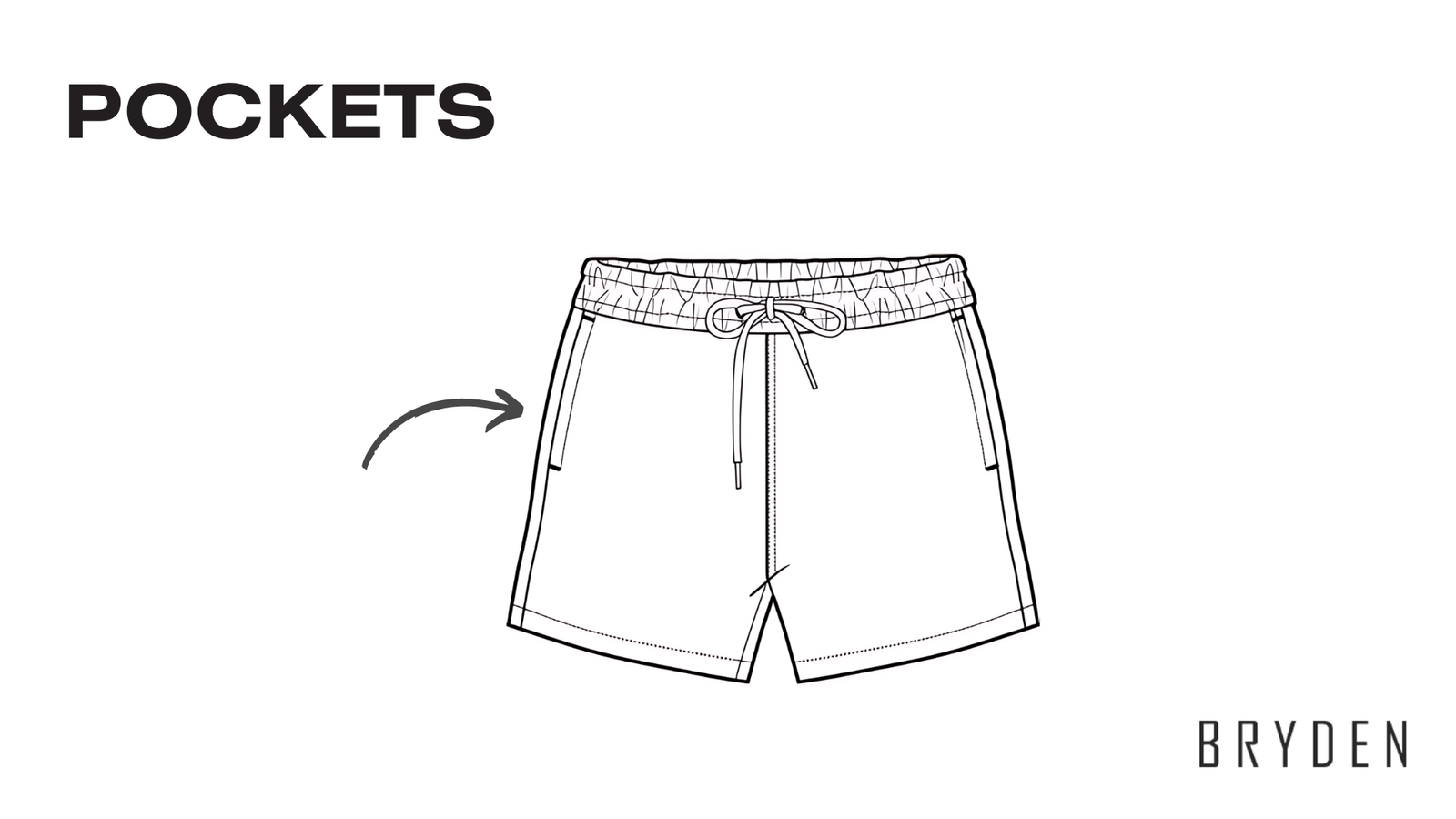
Perfect for stashing small essentials like keys or sunglasses. They can be zippered for extra security, or simple mesh pockets for quick drying.
-
Inner Lining
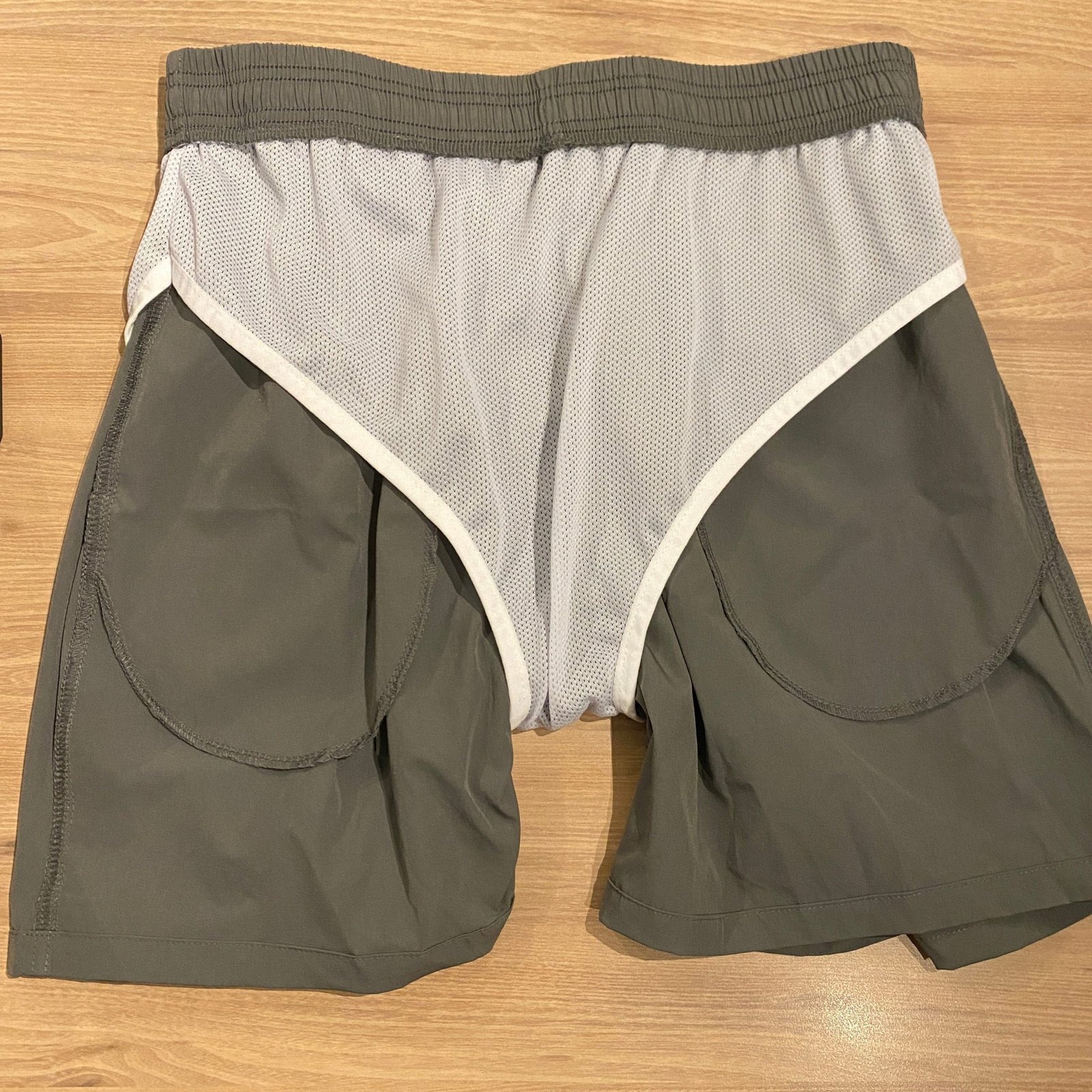
This adds another layer of comfort and coverage. Mesh or compression? Linings offer different benefits. Mesh prioritizes breathability, while compression provides extra support – both affecting comfort during wear.
These are just the main parts, and slight variations can affect the manufacturing process. For example, adding a zippered pocket takes more time and materials than a simple mesh pocket. Knowing these details will help you make informed design choices.
Choosing quality fabrics
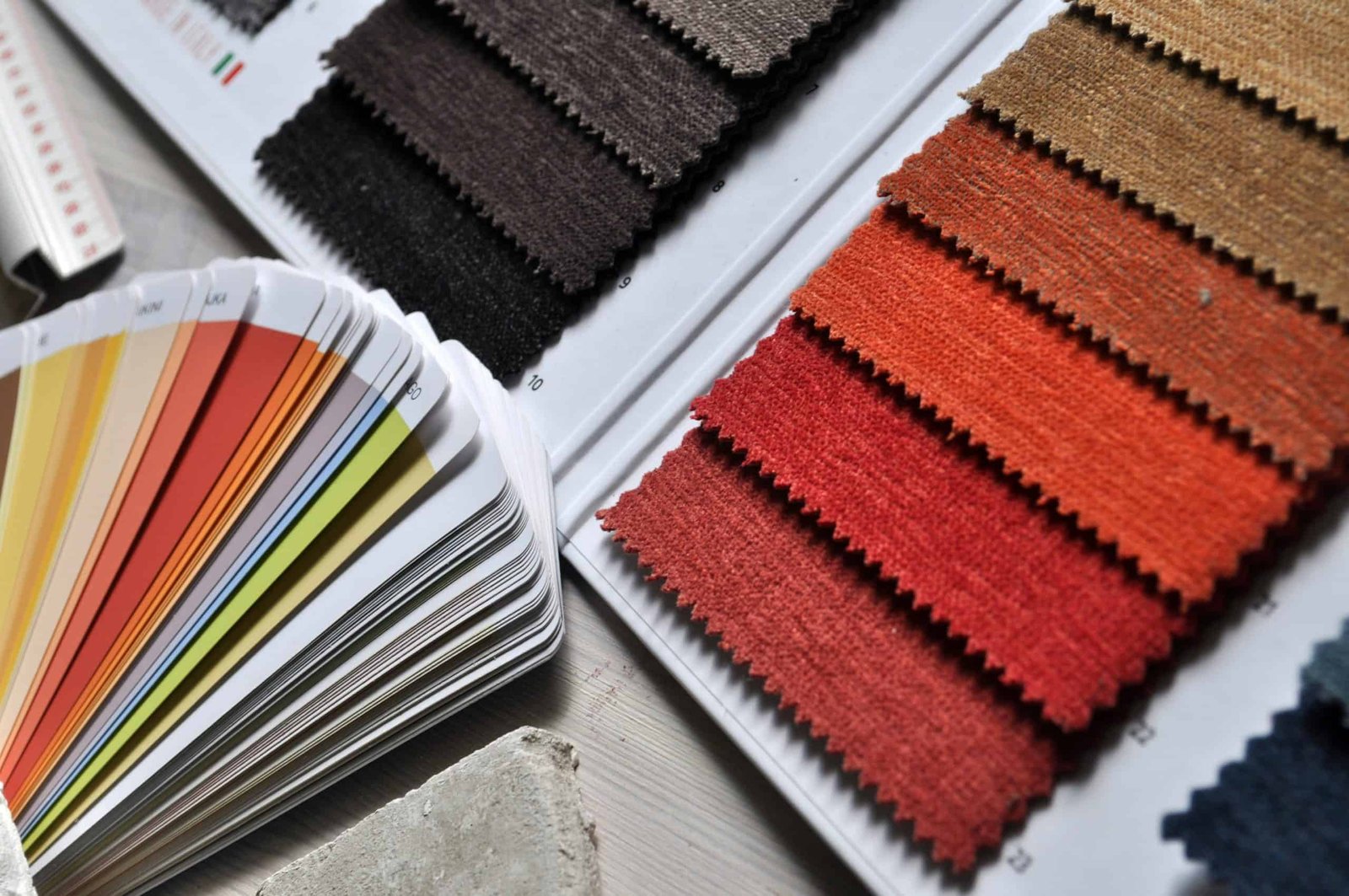
Source: Pexels
Cotton and linen? No thanks! Great for shirts, awful for swimming. It absorbs water, making trunks heavy and uncomfortable. Synthetic fabrics like polyester and nylon are your heroes. Resistant to chlorine and saltwater, they’ll last and dry fast!
While polyester and nylon are strong, they lack stretch. That’s where elastane (aka spandex) steps in. Blended with synthetics, it creates a super stretchy fabric that moves with you for ultimate comfort.
Here’s a breakdown of the most popular options:
1. Polyester-Elastane Blends
Reign supreme for competitive swimmers! They resist chlorine and sun damage, dry in a flash, and are super durable. The only drawback? They can trap some heat and moisture.
2. Nylon-Elastane Blends
Softness and stretch are the stars of this show! Looking for everyday trunks? Opt for comfortable, form-fitting fabrics available in a vibrant array of colors and patterns. Just remember, chlorine and sun can damage them over time.
3. Tricot Blends
Tricot blends are perfect for both performance and casual trunks. They’re lightweight and durable, with a smooth texture that resists snags. Plus, they breathe easy and dry super fast.
4. Stretch Mesh
Stretch mesh is a lightweight, open-weave fabric ideal for inner linings. It allows for air circulation and dries quickly, keeping you cool and comfortable. However, be mindful – the holes can snag on rough surfaces.
These are just a taste of the options! Manufacturers even create unique fabrics – think LYCRA® brand elastane for superior stretch or ECONYL® regenerated nylon for an eco-friendly option.
The perfect fabric depends on your needs: performance swimming, casual beach days, or anything in between! Talk to a manufacturer and find the perfect match for your design!
Pattern-making and cutting for trunks
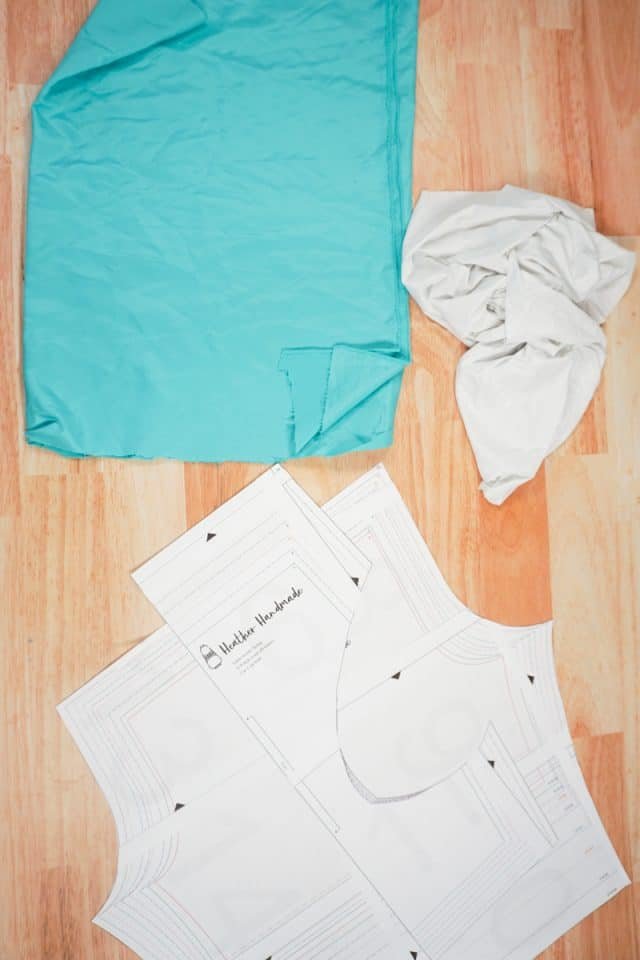
Source: Heather Handmade
Your amazing trunk design is ready! This is where patterns come in. Patterns are like blueprints for your trunks, ensuring all the pieces fit together perfectly.
There are a few ways to approach this first step:
-
Design Your Own Pattern
Feeling artistic? Design your trunks from scratch! Total control over look and fit, but expect more time and cost involved.
-
Use Ready-Made Templates
Short on time or new to design? Many companies offer pre-made templates for various trunk styles. You can still personalize them with your own color and pattern choices!
-
Mix and Match
Don’t be afraid to combine both approaches! Ready-made templates are a great middle ground. Customize one for a unique look without starting from scratch.
Finding the perfect fitting pattern is crucial, no matter which route you choose. Once you have it, prepare to cut the fabric and bring your vision to life!
Pattern making and cutting for trunks swimsuits (how to with samples)
We talked about different ways to get started with patterns, but what about the patterns themselves? There are slight variations in pattern creation depending on the style of trunks you’re making.
Pattern making and cutting for trunks swimsuits
Let’s take a look at the differences in creating patterns for some popular trunk styles. Remember, these are just overviews – there are many ways to approach pattern making!
-
Board shorts

Source: LIFE SEW SAVORY
Looser fit and longer length define boardshorts. Their patterns typically involve separate pieces for the front, back, waistband, and pockets. These pieces are cut from the fabric and then stitched together.
Once the main part of the shorts is constructed, the lining is added for comfort and support. Finally, the waistband with a drawstring closure is added.
-
Swim trunks
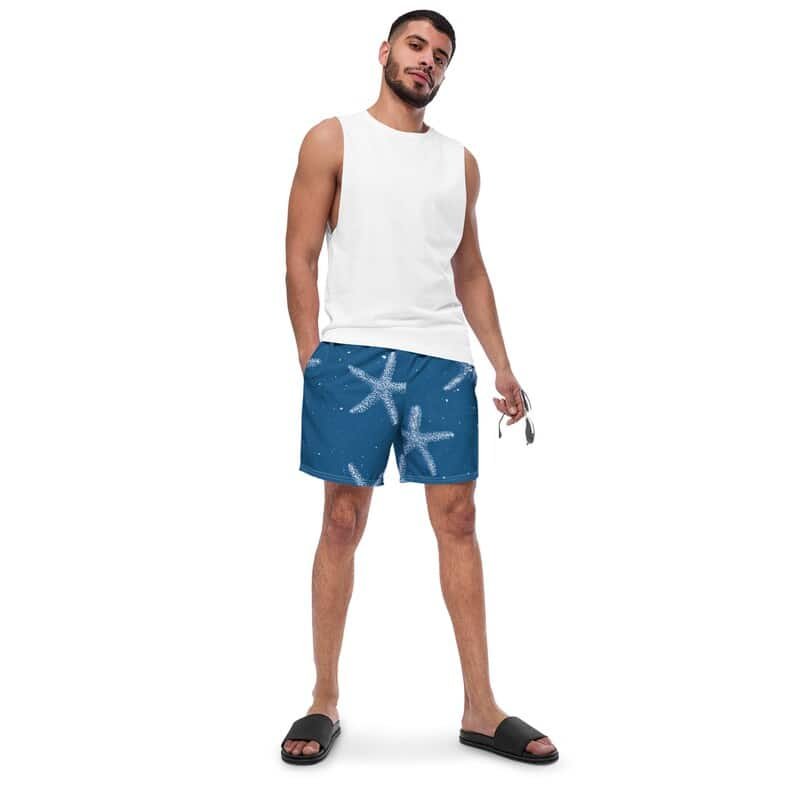 Source: Etsy
Source: Etsy
Swim trunks: shorter, more fitted than board shorts. Simpler pattern with just a few key pieces. Front and back sewn together, followed by inseam and hems. Elastic waistband for comfort, and possibly a lining for support.
This is just a basic overview, of course. While the specifics of pattern making and cutting will vary based on your design, this should give you a good idea of the process involved in turning your vision into reality.
Cutting and sewing in swimwear manufacturing
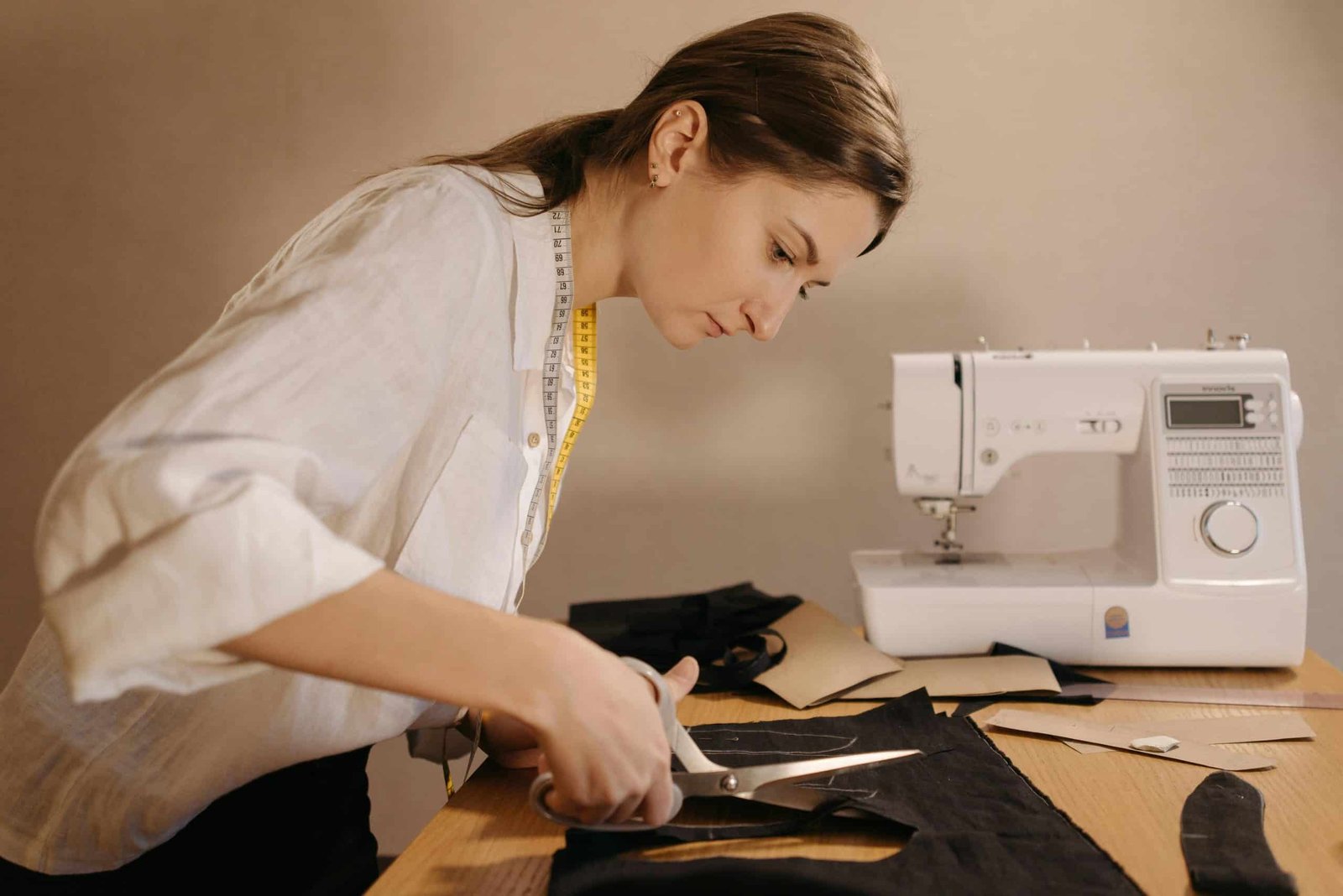
Source: Pexels
Pattern in hand, let’s bring your vision to life! Cutting and sewing are the heart of trunk manufacturing.
Once your design and pattern are finalized, decide on your production quantity for each size and style. This helps manufacturers plan the cutting and sewing process efficiently.
-
Cutting with Precision
Fabric is spread out in large rolls, and the pattern pieces are carefully laid on top. Specialized machines or skilled workers then cut out the individual pieces with precision. This ensures that all the trunks in a batch are exactly the same size and shape.
-
Sewing it All Together
Next comes the sewing. Industrial sewing machines, expertly handled by technicians, take over. Fabric pieces are transformed – seams are sewn, pockets attached, and waistbands secured. The result? A pair of trunks ready for the finishing touches.
-
Working with a Manufacturer
Remember, many manufacturers have minimum production quantities. This means they might not be able to make a very small batch of trunks. Talk to your chosen manufacturer about their minimums before finalizing your order.
By working closely with a skilled swimwear trunk manufacturer, you can transform your design from a sketch into a real, wearable pair of trunks!
How to cut fabrics for trunks
After your pattern is finalized, it’s time to cut the fabric for your trunks. This might seem simple, but it’s actually a crucial step in manufacturing. One mistake here can waste valuable fabric and delay production.
In a professional setting, special tools and techniques are used to ensure precise cutting. Here’s a simplified breakdown:
-
Markers Made Easy
First, patterns are graded into different sizes. Then, markers are created – like templates – that show exactly how many pieces of each size can be cut from a single roll of fabric.
-
Spreading the Fabric
Large rolls of fabric are laid out flat on a cutting table, following a specific plan to minimize waste.
-
Cutting with Confidence
Using markers as guides, skilled workers or automated machines cut the fabric pieces. There are different cutting methods, each with its advantages for speed and accuracy.
Different types of seams for swimwear
Seams are like the glue that holds your trunks together, but way stronger and more stylish! They’re the stitched lines where different pieces of fabric are joined. Strong, well-made seams are essential for both comfort and good looks in swimwear trunks.
Types of seams for trunks swimsuits
There are a few key types of seams used in trunk manufacturing:
1. Inseam vs. Outseam
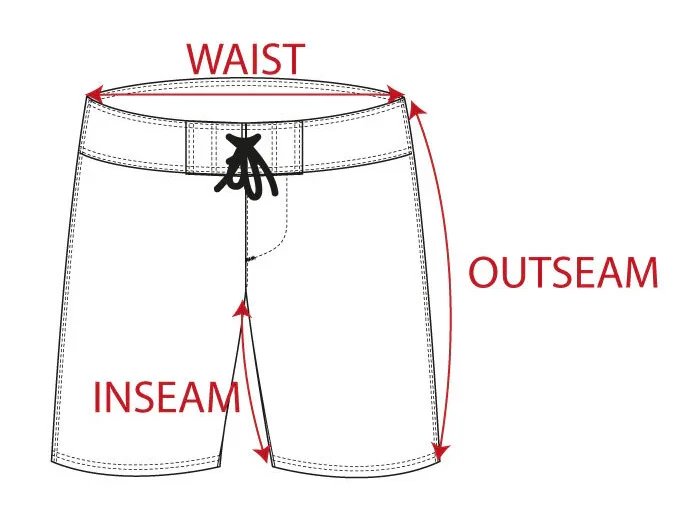
Source: Angry Lane
The inseam runs along the inside leg, while the outseam runs along the outside leg. Both are important for the fit and overall design.
2. Flat Seams
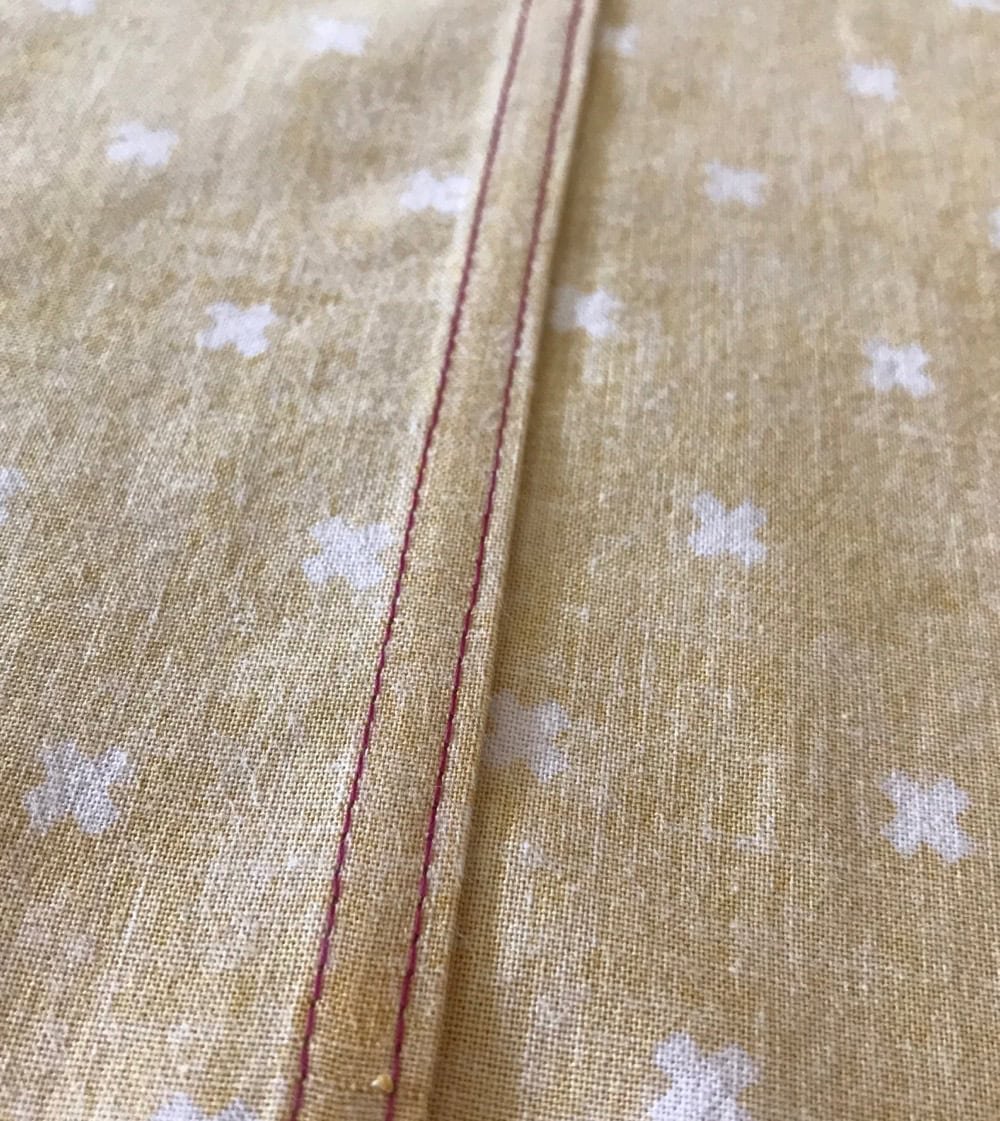
Source: Itch to Stitch
These comfy, low-profile seams are perfect for areas that touch the skin. They minimize bulk and irritation, making them ideal for swimwear.
3. Overlocked Seams

Source: WeAllSew
Also called serged seams, these stretchy seams are made with an overlock machine. They’re perfect for swimwear that needs to move with you without breaking the stitches.
4. Felled Seams
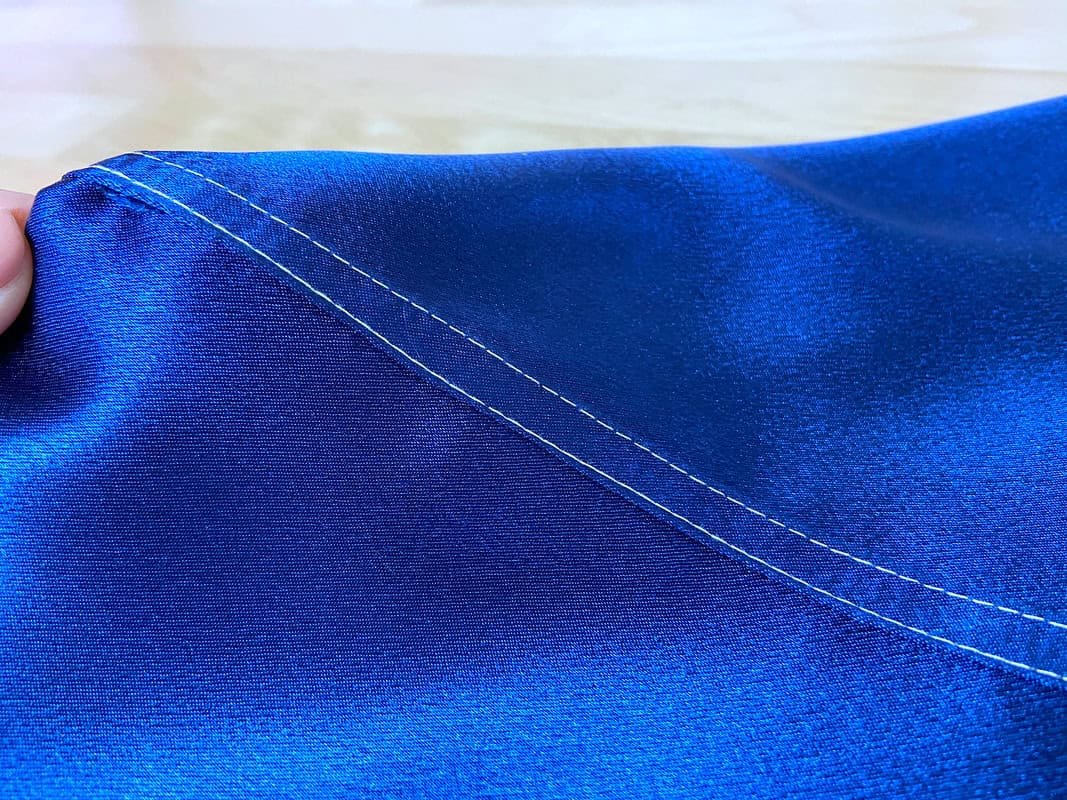
Source: Doina Alexei
Double duty! Strong felled seams fold one fabric edge over the other, stitching them together for a secure and clean finish. They can be a good option for certain areas of your trunks.
Strong seams are key for both function and style! Brushing up on different seam types gives you more control over your trunks’ final look, feel, and performance.
Measurement points for swimwear
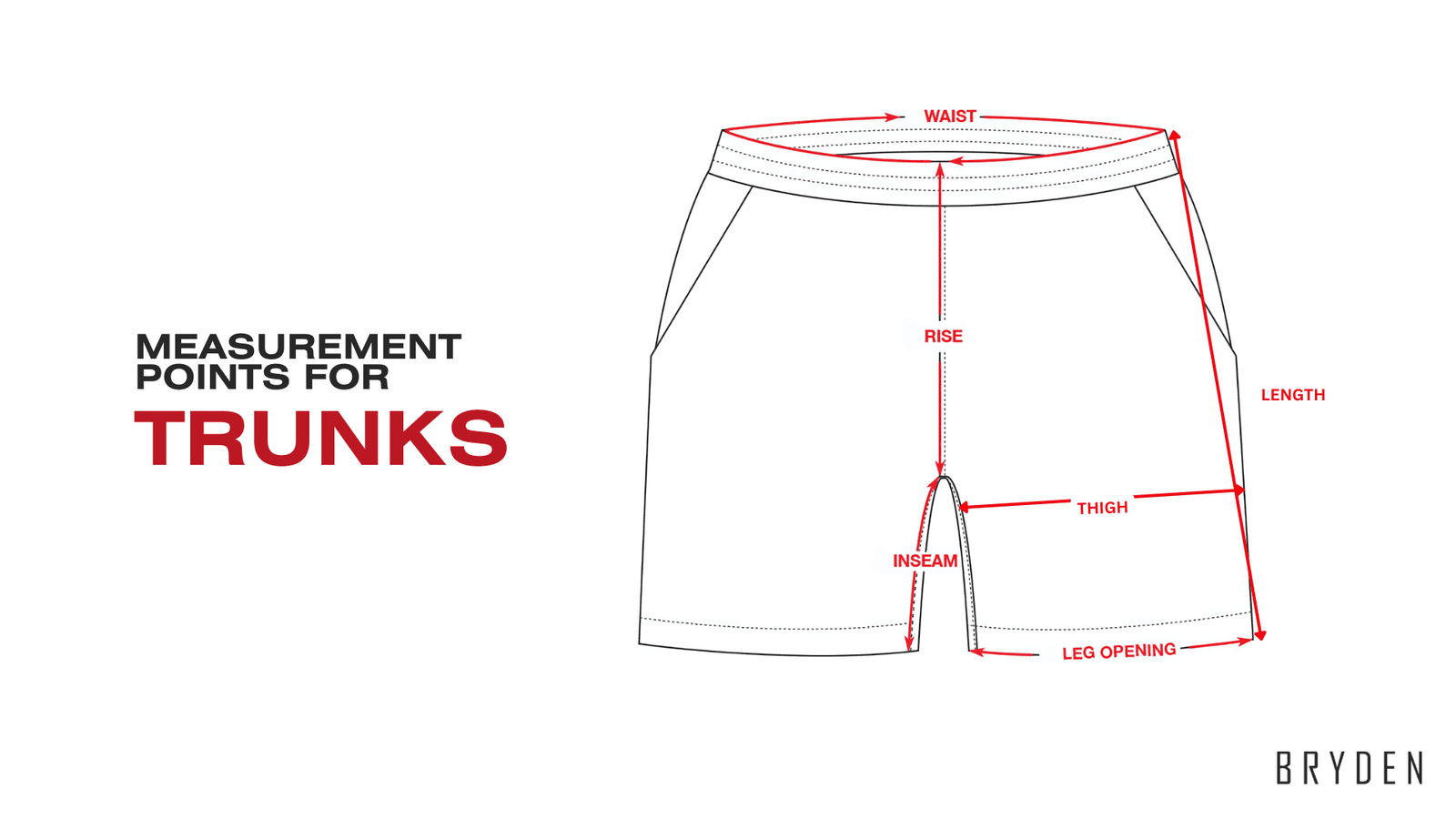
One of the biggest questions new designers have is sizing – how do you ensure your trunks fit a variety of body types? The key lies in understanding key measurement points.
Remember, your designs are unique. While these points are a good starting place, you might need to adjust them slightly for different styles.
Measurement points for trunks
Here are some key areas to focus on:
1. Waist
Measured across the front of the trunks when laid flat. This helps determine how snug or loose the fit will be around the waist. Elastic waistbands can affect this measurement, so consider how much stretch you want.
2. Leg Opening
Similar to the waist, this is measured across the bottom leg opening when flat. It affects how wide the leg opening will be and how much movement is allowed.
3. Thigh
Runs from the crotch to the side of the leg opening. Crucial for preventing tightness around the thighs, allowing for flexibility.
4. Length
Total length? That’s measured from the top of the waistband to the bottom leg. Simple! This determines how long the trunks will be, offering options from shorter, low-rise styles to longer, more coverage options. Consider the activity your trunks are designed for when choosing the length.
5. Inseam
Inner leg matters! This measurement, from the crotch seam down the inside leg to the bottom, affects how high or low the crotch sits, impacting both comfort and fit.
6. Rise
And finally, the rise. This is measured from the crotch seam straight up to the waistband, determining how high the waist sits. Low-rise or high-waisted, it’s your call!
Mastering these measurements is crucial for designing trunks that flatter and fit well. It allows you to create a size chart that provides accurate information to your customers, ensuring they get the perfect fit for a comfortable and stylish swim experience!
The art of printing
Trunks printing lets you add colorful designs and logos to your creations, making them stand out from the crowd! Let’s have a quick rundown of some popular techniques, along with some helpful info to consider when making your choice.
Common printing techniques used for swimwear
1. All-Over print (AOP)
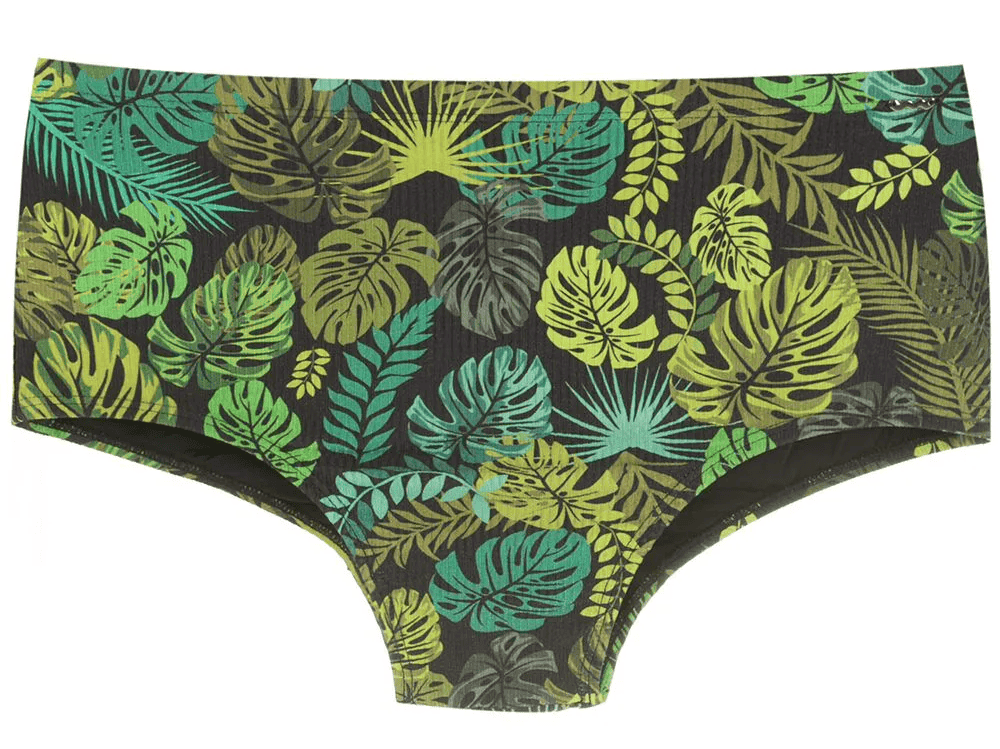 Source: FARFETCH
Source: FARFETCH
Imagine your design splashed across the entire trunk! AOP lets you achieve this vibrant, full-coverage look. It’s also known as full print or sublimation print. Ideal for bold patterns or intricate graphics, but keep in mind this method typically works best with larger production runs.
2. Direct-to-Garment (DTG) printing

Source: DTF Superstore
This method uses a special film to transfer your design directly onto the fabric. It’s a good option for detailed designs or smaller batches, and offers good durability. However, DTG printing might have limitations on certain colors or complex designs, so discuss this with your manufacturer beforehand.
3. Screen printing
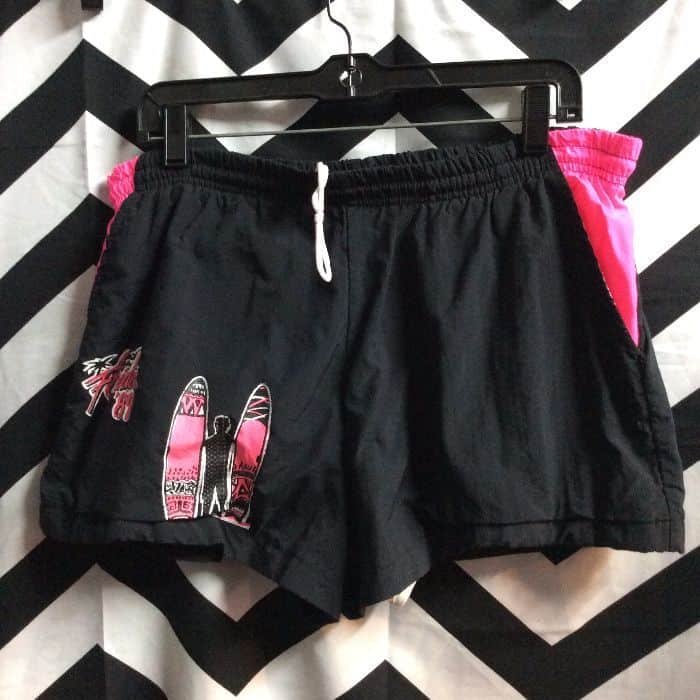
Source: Boardwalk Vintage
Screen printing’s a classic! Vibrant colors, sharp details, and long-lasting quality – what’s not to love? Insider tip: some manufacturers recommend slightly stretching the fabric during printing to avoid distortion when worn.
Picking the perfect printing method? Consider your design, budget, and desired outcome. Different methods work with different fabrics and create different effects, so consult a knowledgeable manufacturer. Here are other things to consider:
-
Fabric Type
Different printing techniques work best with specific fabrics. Talk to your manufacturer about which technique is most compatible with the fabric you choose for your trunks.
-
Color Complexity
Some techniques have limitations on the number of colors that can be used effectively. If your design has a lot of colors, discuss options with your manufacturer.
Talk to your chosen manufacturer to discuss your options and find the perfect printing solution for your trunks! They can help you weigh the pros and cons of each method and ensure your design translates beautifully onto fabric.
Different types of garment washing for swimwear

Source: Vanish
Garment washing is like giving your trunks a special spa day! It’s a final step that can enhance how they look and feel. This process uses different techniques to achieve effects like a faded vintage look, a super-soft feel, or a brighter color.
Here are some garment-washing techniques swimwear manufacturers use:
1. Garment Wash
Similar to home laundry, but with industrial-sized machines! This wash removes impurities and preps the fabric for the next step.
2. Enzyme Wash
Special enzymes gently break down fabric fibers, making them softer and smoother. This helps prevent pilling, those little fabric balls that can form on clothes.
3. Stone Wash
Want a trendy, vintage vibe? Try pumice stone buffing. This technique gently removes fabric for a worn look and softer feel – perfect for adding a touch of style.
4. Acid Wash
A special chemical wash fades the color of the fabric. This can create a trendy, highlighted look.
Fabric dyeing technique for swimwear
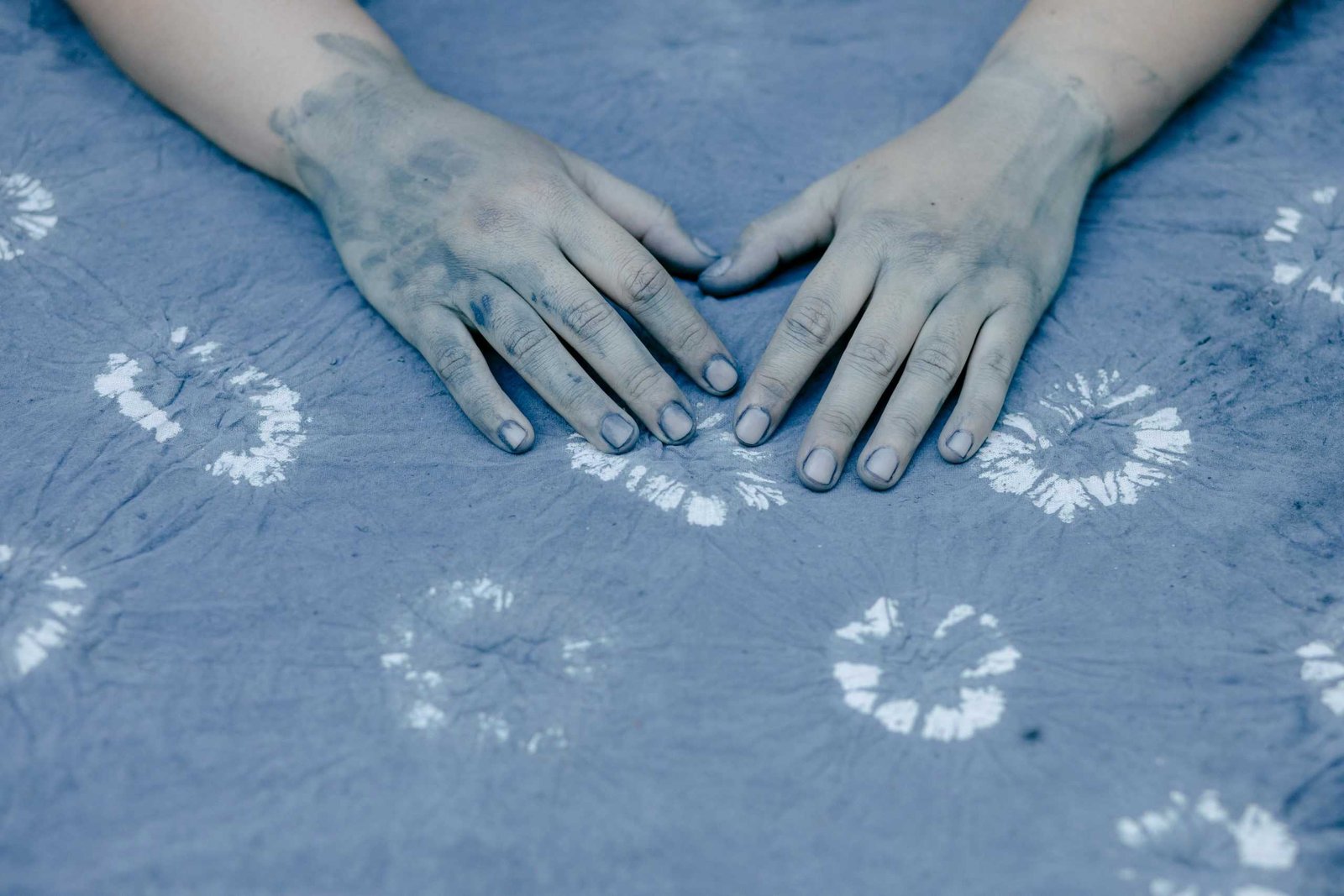
Source: Pexels
Fabric dyeing lets you transform plain fabric into a kaleidoscope of colors and patterns, perfect for eye-catching trunks! But swimwear fabrics are special. They need to hold onto their color even in chlorine and sunlight. So, let’s talk about dyeing techniques that work best for trunks.
Here’s a peek at some popular dyeing techniques for trunks:
-
Tie Dye
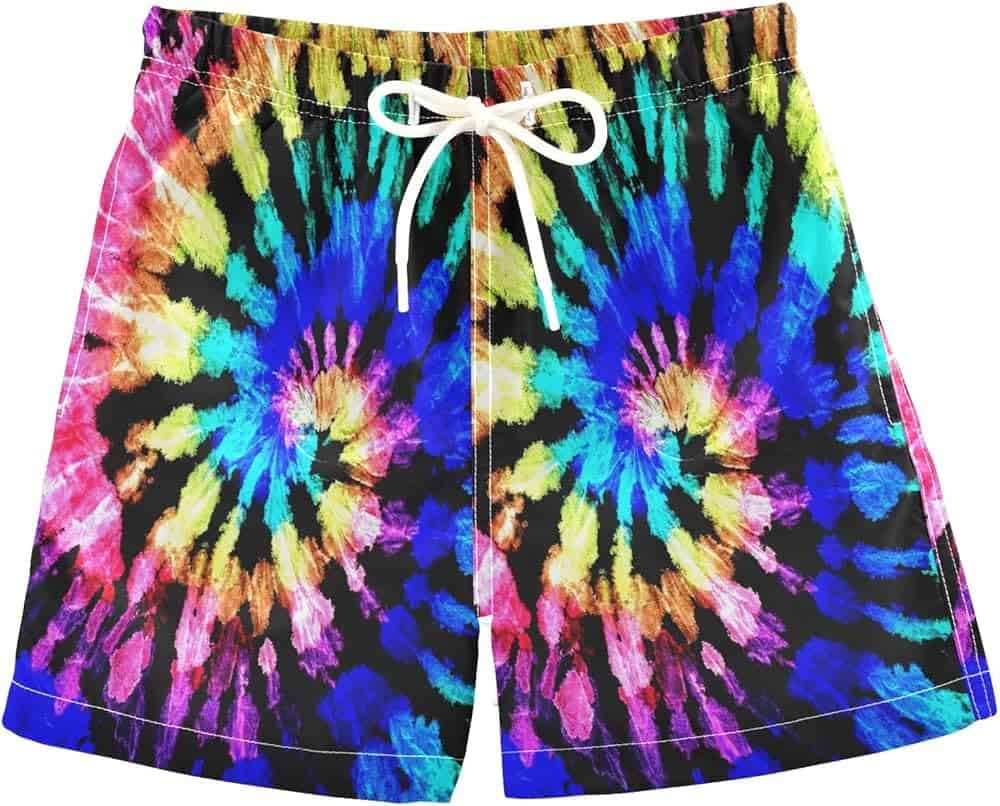
Source: Amazon
This classic technique creates swirling, psychedelic patterns. It’s a fun way to add a unique touch to your trunks.
-
Ombre Dip Dye
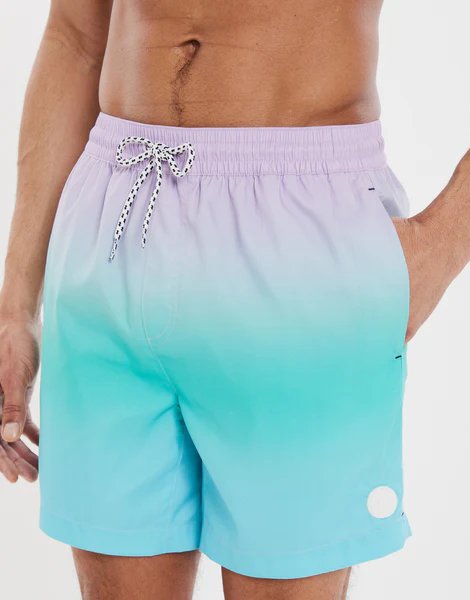
Source: Threadbare
This method creates a gradual transition between colors, adding a cool, layered effect to your trunks.
-
Ice Dye
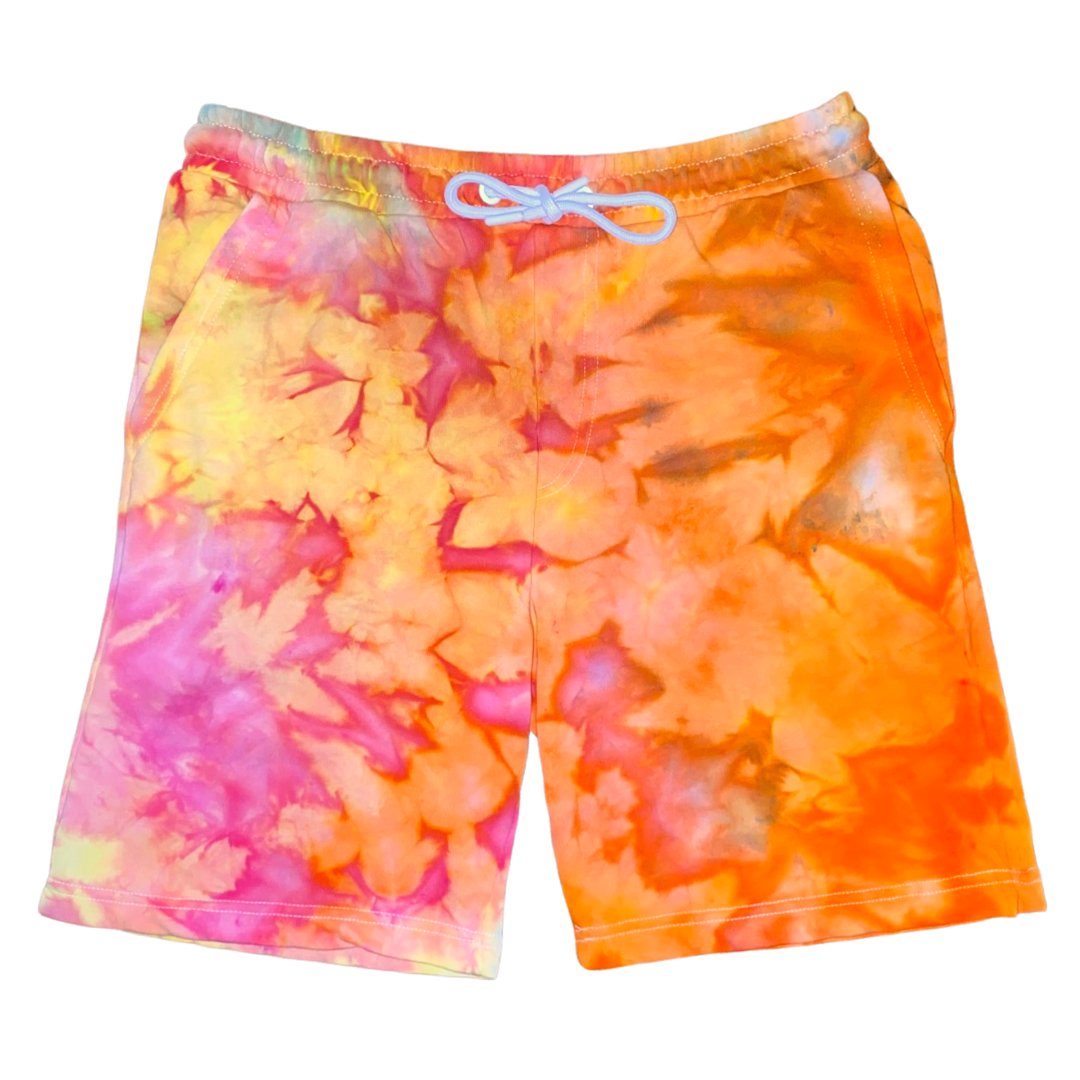
Source: friedcrisp
Craving a unique, artistic look? Crushed ice and dye powder create a cool, marbled effect.
Beware the chlorine! Pool chemicals can fade some dyes, so keep that in mind when choosing a dyeing technique. Let your customers know if their trunks might need a little extra care after swimming. Talk to your chosen manufacturer about recommendations and the possibilities.
Quality control measures
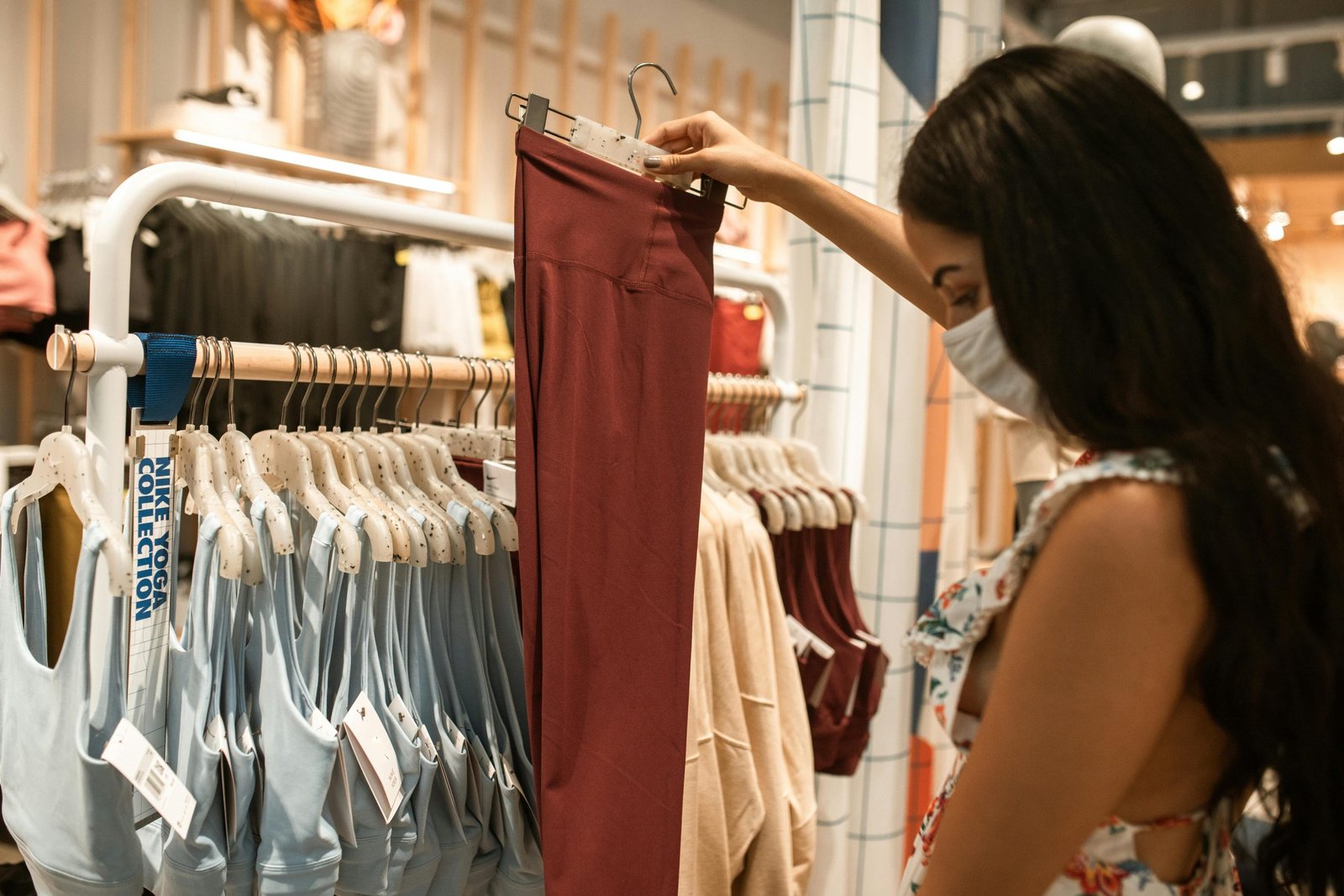
Source: Pinterest
Just like you wouldn’t want mismatched socks, you wouldn’t want your customers to receive unsatisfactory trunks! That’s why quality control is a big deal in swimwear manufacturing.
Here’s how manufacturers ensure every pair is perfect:
-
Sizing and Fitting
Trunks need to fit well, so size charts are essential. Trunks manufacturers double-check measurements and test-fit samples to ensure the size chart is accurate and the trunks fit comfortably.
-
Seams and Stitching
Strong, neat seams are key for both looks and comfort. Trunks are inspected for any loose threads, skipped stitches, or weak seams to ensure they can handle all that swimming fun.
-
Fabric and Color
The fabric should be the right weight and feel for swimwear. Colors should be vibrant and consistent throughout the trunks. Inspections ensure the trunks look and feel exactly as designed.
-
Durability
Trunks gotta be tough! They’re rigorously tested for strength, colorfastness (resisting fade), and how well they handle chlorine and saltwater. This ensures your customers get trunks that last.
Following these quality control measures can deliver high-quality trunks that meet your design standards and keep your customers happy!
Packaging and branding
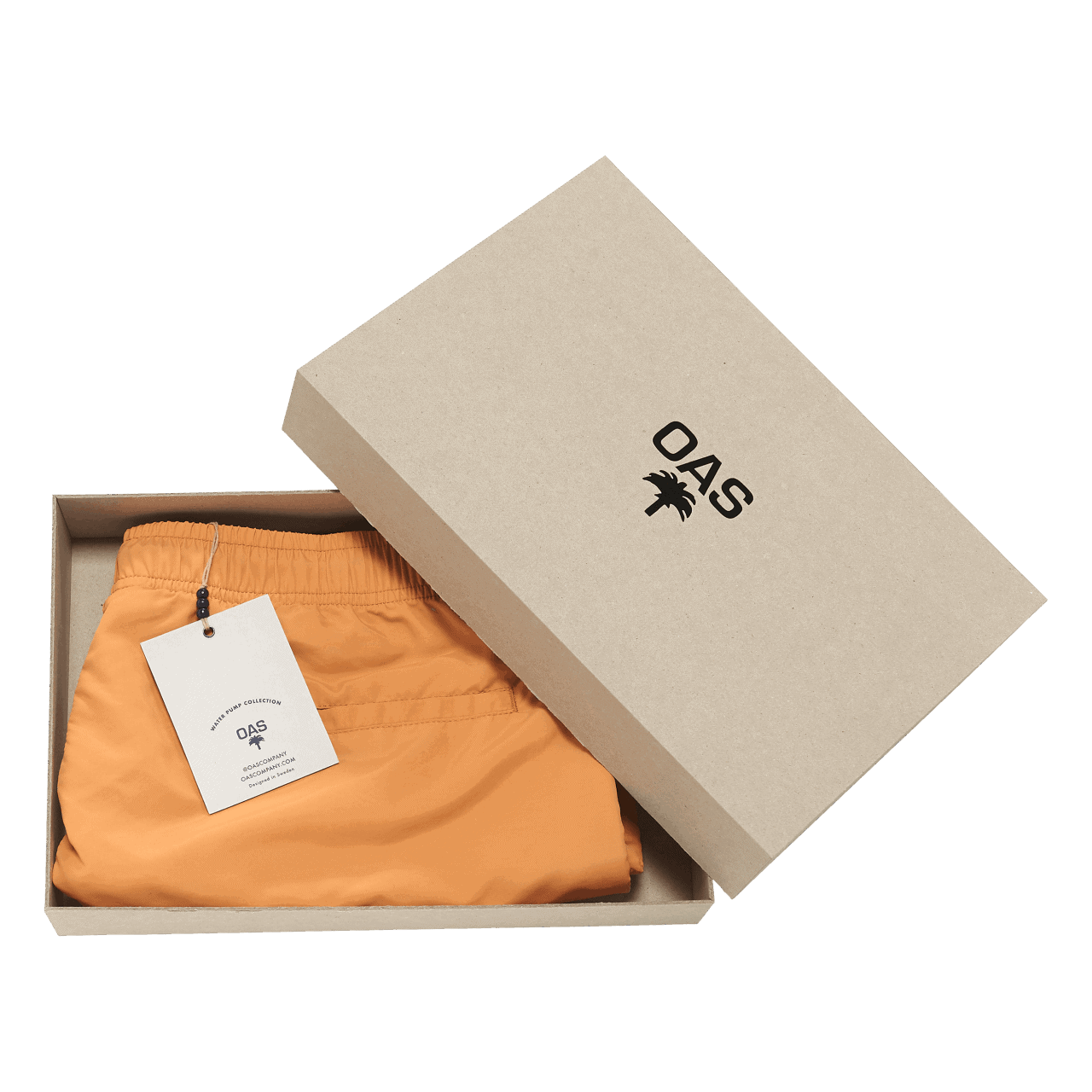
Source: Classic Kontor
The trunks are designed, manufactured, and look awesome. But hold on! The journey doesn’t end there. Packaging and branding are the finishing touches that make your trunks shine.
Imagine packaging as the first handshake with your customer. A well-designed box or bag creates excitement when they receive their order. Here are some options:
-
Biodegradable Bags
Eco-conscious and stylish! These bags protect your trunks while minimizing environmental impact. Win-win!
-
Boxes
Sturdy and sleek, boxes offer great protection. Print your brand logo for a polished look that pops.
-
Mesh Bags
Perfect for wet trunks after a swim, these breathable bags allow moisture to escape and prevent mildew.
Remember, hygiene is important! Choose packaging materials that keep trunks clean and fresh until they reach your customer.
Now, let’s talk branding! This is what makes your trunks unique and memorable. Here’s how to add some personality:
-
Label Tags
These sewn-in labels can include your brand name, logo, and care instructions. Woven or printed labels with your logo or brand name add a professional touch. A small detail that makes a big difference!
-
Rubber Patches
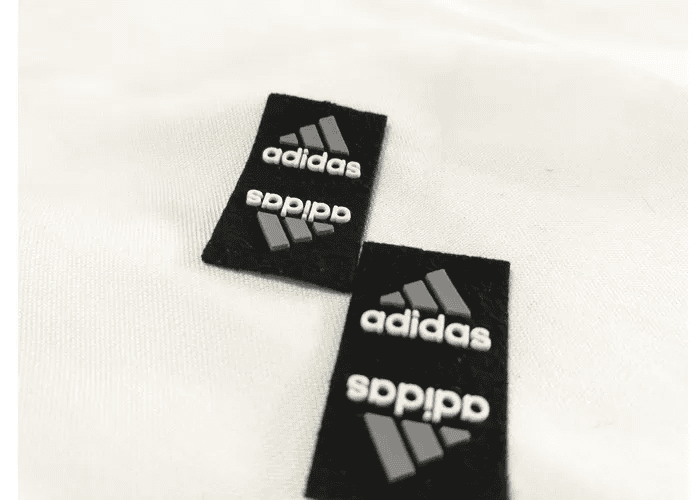
Source: T&K Garment Accessories Co.,Ltd
Patches add personality! Sew on cool, stitched-on patches featuring your logo or a fun design element.
Branding goes beyond logos – it’s your brand’s personality! Think about the feeling you want customers to have – playful and fun. Luxurious? Branding builds a connection and a community around your designs.
Killer packaging and strong branding? That’s a splash in the swimwear market! Keep customers coming back for more.
Conclusion
Got designs for your new trunks, but where do you start? Finding the right partner for manufacturing is key! This guide has given you the lowdown on swimwear trunk manufacturing – measurements, printing techniques, and quality control, all covered!
Want to bring your vision to life? We can help find the perfect fabrics to match your designs. Contact us today and let’s get started!







